Hemoglobin Level of 9: Causes, Symptoms, and Implications of Low Hemoglobin
What are the causes of a hemoglobin level of 9. How does low hemoglobin affect the body. What are the symptoms of anemia. When should you be concerned about low hemoglobin. How is low hemoglobin treated.
Understanding Hemoglobin and Its Importance
Hemoglobin is a crucial protein found in red blood cells that plays a vital role in transporting oxygen throughout the body. A hemoglobin level of 9 grams per deciliter (g/dL) is considered low and may indicate anemia or other underlying health issues. Normal hemoglobin levels typically range from 13.5 to 17.5 g/dL for men and 12.0 to 15.5 g/dL for women.
Why is hemoglobin so important? Hemoglobin binds to oxygen in the lungs and carries it to tissues and organs throughout the body. Without sufficient hemoglobin, your body’s cells may not receive adequate oxygen, leading to various symptoms and health complications.
Causes of Low Hemoglobin Levels
A hemoglobin level of 9 can result from various factors. Some common causes include:

- Iron deficiency anemia
- Vitamin B12 or folate deficiency
- Chronic diseases (e.g., kidney disease, cancer)
- Blood loss (e.g., heavy menstrual periods, gastrointestinal bleeding)
- Bone marrow disorders
- Certain medications
- Genetic disorders (e.g., thalassemia, sickle cell disease)
Is iron deficiency the most common cause of low hemoglobin? Indeed, iron deficiency anemia is the most prevalent cause of low hemoglobin levels worldwide. Iron is essential for hemoglobin production, and inadequate iron intake or absorption can lead to reduced hemoglobin synthesis.
Symptoms Associated with Low Hemoglobin
When hemoglobin levels drop to 9 g/dL or lower, individuals may experience various symptoms due to reduced oxygen delivery to tissues. Common symptoms include:
- Fatigue and weakness
- Shortness of breath, especially during physical activity
- Pale skin
- Dizziness or lightheadedness
- Rapid or irregular heartbeat
- Cold hands and feet
- Chest pain
- Headaches
Can low hemoglobin cause cognitive issues? Yes, in some cases, low hemoglobin levels can affect cognitive function. Reduced oxygen supply to the brain may lead to difficulty concentrating, memory problems, and decreased mental clarity.

Diagnosis and Testing for Low Hemoglobin
Diagnosing low hemoglobin typically involves a complete blood count (CBC) test, which measures various components of your blood, including hemoglobin levels. If low hemoglobin is detected, further tests may be necessary to determine the underlying cause:
- Iron studies to assess iron levels and storage
- Vitamin B12 and folate level tests
- Reticulocyte count to evaluate bone marrow function
- Peripheral blood smear to examine red blood cell shape and size
- Hemoglobin electrophoresis to detect abnormal hemoglobin types
How often should hemoglobin levels be checked? For healthy individuals, hemoglobin levels are typically checked during routine physical exams. However, people with chronic conditions or known anemia may require more frequent monitoring, as determined by their healthcare provider.
Treatment Options for Low Hemoglobin
The treatment for low hemoglobin depends on the underlying cause and severity of the condition. Some common approaches include:

- Iron supplementation (oral or intravenous)
- Vitamin B12 or folate supplements
- Dietary changes to increase iron and vitamin intake
- Treatment of underlying medical conditions
- Blood transfusions (in severe cases)
- Medications to stimulate red blood cell production (e.g., erythropoiesis-stimulating agents)
Are there natural ways to increase hemoglobin levels? Yes, incorporating iron-rich foods into your diet can help boost hemoglobin levels. Some excellent sources of dietary iron include lean meats, leafy green vegetables, legumes, and fortified cereals. Additionally, consuming vitamin C-rich foods alongside iron-rich meals can enhance iron absorption.
Potential Complications of Untreated Low Hemoglobin
If left untreated, persistently low hemoglobin levels can lead to various complications:
- Cardiovascular problems (e.g., heart failure, arrhythmias)
- Cognitive impairment
- Decreased quality of life
- Increased susceptibility to infections
- Pregnancy complications
- Growth and developmental delays in children
Can low hemoglobin affect pregnancy outcomes? Yes, low hemoglobin during pregnancy can increase the risk of complications such as preterm birth, low birth weight, and maternal mortality. Pregnant women are routinely screened for anemia and may require iron supplementation to maintain healthy hemoglobin levels.

Prevention Strategies for Maintaining Healthy Hemoglobin Levels
Preventing low hemoglobin levels involves adopting a healthy lifestyle and addressing potential risk factors. Some preventive measures include:
- Consuming a balanced diet rich in iron, vitamin B12, and folate
- Regular exercise to stimulate red blood cell production
- Managing chronic health conditions effectively
- Avoiding excessive alcohol consumption
- Quitting smoking
- Regular health check-ups and blood tests
Does exercise impact hemoglobin levels? Yes, regular physical activity can positively influence hemoglobin levels. Exercise stimulates the production of erythropoietin, a hormone that promotes red blood cell formation. However, excessive endurance training may lead to a condition called “sports anemia,” which is generally temporary and not harmful.
Special Considerations for Different Age Groups and Genders
Hemoglobin levels and the implications of low hemoglobin can vary depending on age and gender:
Children and Adolescents
Children have lower normal hemoglobin ranges compared to adults. Low hemoglobin in children can affect growth and development, making early detection and treatment crucial.

Women of Reproductive Age
Women are more prone to iron-deficiency anemia due to menstrual blood loss and increased iron demands during pregnancy. Regular screening and iron supplementation may be necessary.
Elderly Individuals
Older adults may have lower hemoglobin levels due to chronic diseases, medications, or poor nutrition. Careful monitoring and appropriate interventions are essential to maintain their quality of life.
Do men and women have different hemoglobin requirements? Yes, men generally have higher hemoglobin levels than women due to the influence of testosterone on red blood cell production. The lower threshold for anemia in women (12 g/dL) compared to men (13.5 g/dL) reflects this physiological difference.
Emerging Research and Future Directions in Hemoglobin Management
The field of hematology continues to evolve, with ongoing research aimed at improving our understanding and management of hemoglobin disorders. Some promising areas of study include:
- Gene therapy for inherited hemoglobin disorders
- Development of novel iron formulations for better absorption and fewer side effects
- Artificial hemoglobin substitutes for use in emergencies or specific medical conditions
- Personalized medicine approaches to tailor anemia treatments based on genetic profiles
- Investigation of the long-term effects of chronic anemia on organ systems
What role does genetics play in hemoglobin levels? Genetic factors can significantly influence an individual’s hemoglobin levels and their susceptibility to certain types of anemia. For example, mutations in the HBB gene can cause beta-thalassemia, while variations in the TMPRSS6 gene may affect iron metabolism and hemoglobin production.

As research progresses, we may see more targeted therapies and improved diagnostic tools for managing low hemoglobin levels. This could lead to better outcomes for patients and a reduced burden on healthcare systems worldwide.
Living with Low Hemoglobin: Coping Strategies and Lifestyle Adjustments
For individuals diagnosed with chronic low hemoglobin levels, adopting certain lifestyle changes and coping strategies can help manage symptoms and improve quality of life:
- Energy conservation techniques to manage fatigue
- Stress reduction practices such as meditation or yoga
- Adequate rest and sleep hygiene
- Gradual increase in physical activity as tolerated
- Joining support groups or seeking counseling to address emotional challenges
- Working with a nutritionist to optimize dietary intake of iron and other essential nutrients
How can individuals with low hemoglobin maintain an active lifestyle? While it’s important to listen to your body and avoid overexertion, many people with low hemoglobin can maintain an active lifestyle with proper management. This may involve pacing activities, taking breaks as needed, and gradually building endurance under medical supervision.

Living with low hemoglobin requires a collaborative approach between patients and healthcare providers. Regular monitoring, adherence to treatment plans, and open communication about symptoms and concerns are crucial for effective management.
In conclusion, a hemoglobin level of 9 g/dL is a significant health concern that requires prompt medical attention. Understanding the causes, symptoms, and treatment options for low hemoglobin is essential for both patients and healthcare providers. By addressing the underlying causes, implementing appropriate treatments, and adopting healthy lifestyle practices, individuals with low hemoglobin can improve their overall health and quality of life. As research in this field continues to advance, we can expect more targeted and effective approaches to managing hemoglobin disorders in the future.
Low hemoglobin count – Mayo Clinic
A low hemoglobin count is a commonly seen blood test result. Hemoglobin (Hb or Hgb) is a protein in red blood cells that carries oxygen throughout the body.
A low hemoglobin count is generally defined as less than 13.5 grams of hemoglobin per deciliter (135 grams per liter) of blood for men and less than 12 grams per deciliter (120 grams per liter) for women. In children, the definition varies with age and sex. The threshold differs slightly from one medical practice to another.
In many cases, a low hemoglobin count that’s only slightly lower than normal doesn’t affect how you feel. A low hemoglobin count that’s more severe and causes symptoms might mean you have anemia.
Get the latest health advice from Mayo Clinic delivered
to your inbox.
Sign up for free, and stay up-to-date on research
advancements, health tips and current health topics,
like COVID-19, plus expert advice on managing your health.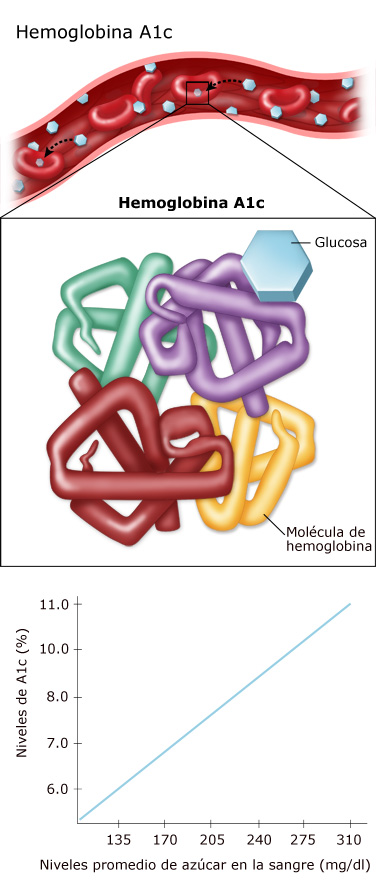
Learn more about our use of data
To provide you with the most relevant and helpful information and to understand which
information
is beneficial, we may combine your e-mail and website usage information with other
information we have about you. If you are a Mayo Clinic Patient,
this could include Protected Health Information (PHI). If we combine this information
with your PHI, we will treat all of that information as PHI,
and will only use or disclose that information as set forth in our notice of privacy
practices. You may opt-out of e-mail communications
at any time by clicking on the Unsubscribe link in the e-mail.
Subscribe!
Thank you for Subscribing
Our Housecall e-newsletter will keep you up-to-date
on the latest health information.
We’re sorry! Our system isn’t working.
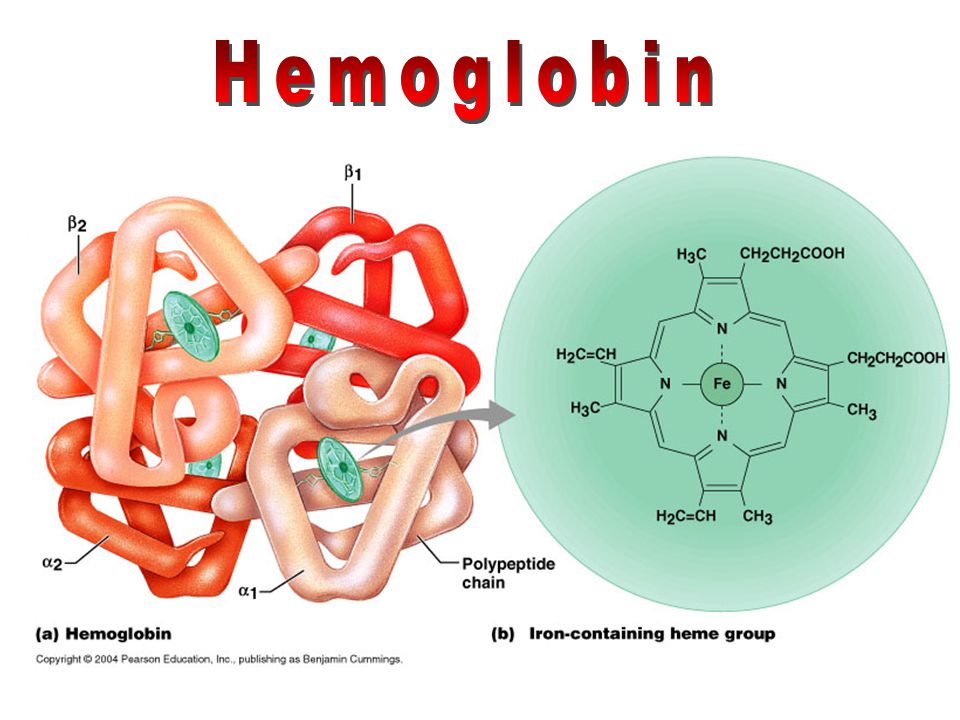 Please try again.
Please try again.
Something went wrong on our side, please try again.
Please try again
Sept. 22, 2020
Show references
- Hemoglobin. Lab Tests Online. https://labtestsonline.org/tests/hemoglobin. Accessed March 6, 2020.
- McPherson RA, et al. Erythrocytic disorders. In: Henry’s Clinical Diagnosis and Management by Laboratory Methods. 23rd ed. Elsevier Inc.; 2017. https://www.clinicalkey.com. Accessed March 6, 2020.
- Leung LLK. Approach to the adult with anemia. https://www.uptodate.com/contents/search. Accessed March 6, 2020.
- Low red blood cell counts (anemia). American Cancer Society. https://www.cancer.org/treatment/treatments-and-side-effects/physical-side-effects/low-blood-counts/anemia.html. Accessed March 6, 2020.
- Donors deferred for low hemoglobin. American Red Cross. https://www.redcrossblood.org/donate-blood/blood-donation-process/before-during-after/iron-blood-donation/donors-deferred-forlowhemoglobin.
 html. Accessed March 20, 2020.
html. Accessed March 20, 2020.
.
How low is too low? Cardiac risks with anemia
Crit Care. 2004; 8(Suppl 2): S11–S14.
1 and 2
Samir M Fakhry
1Chief, Trauma and Critical Care Services, Associate Chair for Research and Education, Department of Surgery, Inova Fairfax Hospital, Falls Church, Virginia, USA
Paola Fata
2Trauma Fellow, Department of Surgery, Inova Fairfax Hospital, Falls Church, Virginia, USA
1Chief, Trauma and Critical Care Services, Associate Chair for Research and Education, Department of Surgery, Inova Fairfax Hospital, Falls Church, Virginia, USA
2Trauma Fellow, Department of Surgery, Inova Fairfax Hospital, Falls Church, Virginia, USA
Corresponding author.
Supplement
Anemia in Critical Care: Etiology, Treatment and Prevention
Lena Napolitano, Howard Corwin and Mitchell Fink
This article has been cited by other articles in PMC.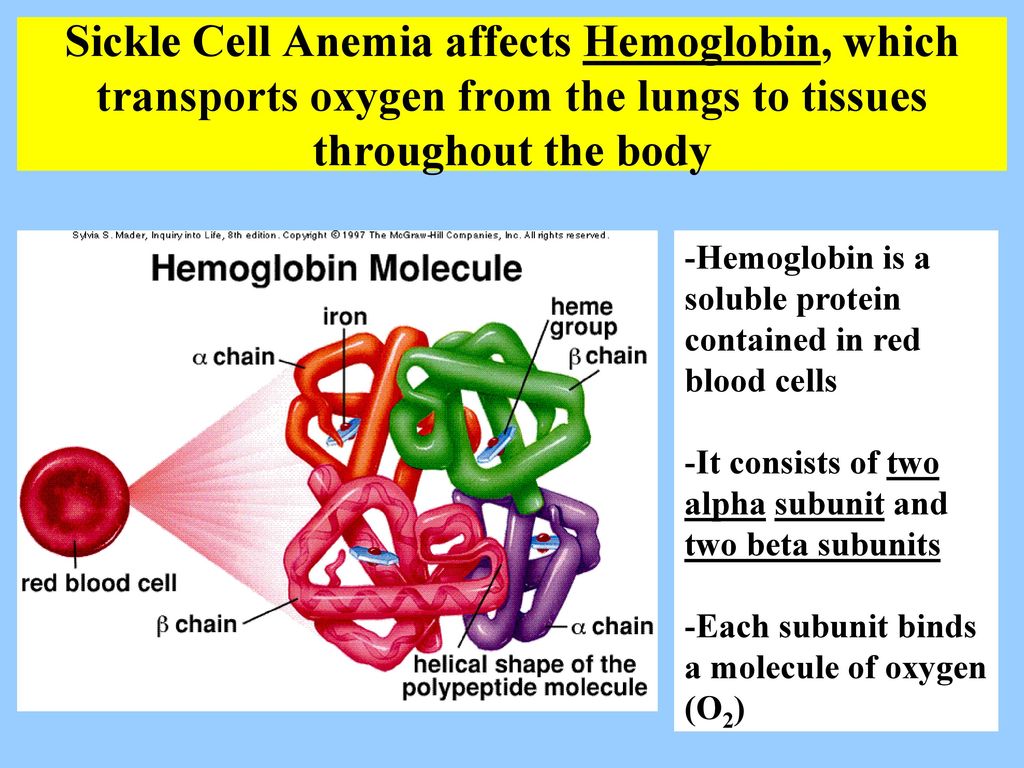
Abstract
Despite the increasing availability of data supporting more restrictive transfusion practices, the risks and benefits of transfusing critically ill patients continue to evoke controversy. Past retrospective and observational studies suggested that liberal transfusion strategies were more beneficial in patients whose hematocrit levels fell below 30%. An expanding body of literature suggests that an arbitrary trigger for transfusion (the ’10/30 rule’) is ill advised. A recent randomized controlled trial provided compelling evidence that similar, and in some cases better, outcomes result if a restrictive transfusion strategy is maintained. The impact of this accumulating evidence on clinical practice is evident in large reports, which show that the average transfusion trigger in critically ill patients was a hemoglobin level in the range 8–8.5 g/dl. Based on the available evidence, transfusion in the critically ill patient without active ischemic heart disease should generally be withheld until the hemoglobin level falls to 7 g/dl. Transfusions should be administered as clinically indicated for patients with acute, ongoing blood loss and those who have objective signs and symptoms of anemia despite maintenance of euvolemia. The hemoglobin level at which serious morbidity or mortality occurs in critically ill patients with active ischemic heart disease is a subject of continued debate but it is likely that a set transfusion trigger will not provide an optimal risk–benefit profile in this population.
Transfusions should be administered as clinically indicated for patients with acute, ongoing blood loss and those who have objective signs and symptoms of anemia despite maintenance of euvolemia. The hemoglobin level at which serious morbidity or mortality occurs in critically ill patients with active ischemic heart disease is a subject of continued debate but it is likely that a set transfusion trigger will not provide an optimal risk–benefit profile in this population.
Keywords: anemia, blood, cardiac disease, critically ill patients, hemoglobin, transfusion trigger
Introduction
For years many physicians firmly believed that a hemoglobin of 10 g/dl and a hematocrit of 30% represented desirable goals in anemic patients, especially those undergoing surgical procedures and those with cardiac disease. Despite the paucity of objective data to support this contention, the so-called ’10/30 rule’ persisted until recently [1]. Most authorities attribute this bias to a 1942 report by Adams and Lundy [2] in which they recommended a hemoglobin of 10 g/dl and a hematocrit of 30% in the perioperative setting based on their clinical experience. Recent studies [3-7] have provided compelling evidence against the 10/30 rule in critically ill patients as well as in the perioperative period. Despite these data, many clinicians continue to provide transfusion using a hematocrit of 30% as a ‘transfusion trigger’ [8]. However, current practice and available evidence is gradually shifting from transfusing to an arbitrary hemoglobin (10/30) to achieving a level of hemoglobin necessary to meet the patient’s tissue oxygen demands [9,10].
Recent studies [3-7] have provided compelling evidence against the 10/30 rule in critically ill patients as well as in the perioperative period. Despite these data, many clinicians continue to provide transfusion using a hematocrit of 30% as a ‘transfusion trigger’ [8]. However, current practice and available evidence is gradually shifting from transfusing to an arbitrary hemoglobin (10/30) to achieving a level of hemoglobin necessary to meet the patient’s tissue oxygen demands [9,10].
The optimal hemoglobin level is more closely approximated by physiologic measurements [11]. In patients who are not critically ill, most studies have demonstrated that a substantially lower hemoglobin level (7 g/dl) can be tolerated if normovolemia is maintained. Experience in Jehovah’s Witness patients has allowed an assessment of human tolerance of severe acute anemia and demonstrated the feasibility of survival in the case of very low hematocrit [12-18]. In a review of 61 medical and surgical reports published from 1970 to 1993, Viele and Weiskopf [17] identified 50 deaths attributed to anemia in untransfused Jehovah’s Witnesses with hemoglobin concentrations of 8 g/dl or less, or hematocrit of 24% or less. Of the 50 deaths, 23 were thought to be primarily due to anemia. Except for three patients who died after cardiac surgery, all patients whose deaths were attributed to anemia died with hemoglobin concentrations of 5 g/dl or less. There were 25 survivors with a hemoglobin of 5 g/dl or less.
Of the 50 deaths, 23 were thought to be primarily due to anemia. Except for three patients who died after cardiac surgery, all patients whose deaths were attributed to anemia died with hemoglobin concentrations of 5 g/dl or less. There were 25 survivors with a hemoglobin of 5 g/dl or less.
Recently, Weiskopf and coworkers [19] conducted an interventional study to determine whether acute, severe isovolemic reduction in hemoglobin levels to 5 g/dl in healthy, resting individuals would result in inadequate cardiac compensatory mechanisms, and therefore compromise oxygen delivery. No evidence of inadequate oxygenation, as assessed by lack of change in oxygen consumption and plasma lactate concentration, was noted in the 11 preoperative patients and 21 nonsurgical volunteers with hemoglobin levels as low as 5 g/dl.
Anemia in the critically ill patient
Anemia in the setting of critical illness is quite prevalent, with 37–44% of patients receiving at least one blood transfusion during their intensive care unit (ICU) stay [20,21]. In one representative study [8], 85% of patients with an ICU length of stay greater than 1 week received at least one blood transfusion. In more than two thirds of these cases blood transfusion was not associated with acute blood loss. Concerns over the deleterious effects of anemia are increasingly being balanced by an increased awareness of the serious, well documented consequences of packed red blood cell (RBC) transfusion [22].
In one representative study [8], 85% of patients with an ICU length of stay greater than 1 week received at least one blood transfusion. In more than two thirds of these cases blood transfusion was not associated with acute blood loss. Concerns over the deleterious effects of anemia are increasingly being balanced by an increased awareness of the serious, well documented consequences of packed red blood cell (RBC) transfusion [22].
In a pivotal study published in 1999, Hebert and coworkers [3] prospectively randomized 838 critically ill ICU patients with hemoglobin under 9 g/dl to one of two transfusion strategies. The control group (‘liberal strategy’) received transfusion of packed RBCs when the hemoglobin fell below 10 g/dl. The study group (‘restrictive strategy’) received transfusion of packed RBCs when hemoglobin fell below 7 g/dl. The in-hospital mortality rate was significantly lower in the restrictive strategy group. The 30-day mortality rate was not significantly different between groups but was significantly lower with the restrictive strategy in patients who were less ill (Acute Physiology and Chronic Health Evaluation II score ≤ 20) and those who were younger (age <55 years). There was no difference in mortality between groups in patients with clinically significant heart disease. A restrictive strategy of RBC transfusion is at least as effective and possibly superior to a liberal transfusion strategy in critically ill patients, with the possible exception of patients with acute myocardial infarction and unstable angina.
There was no difference in mortality between groups in patients with clinically significant heart disease. A restrictive strategy of RBC transfusion is at least as effective and possibly superior to a liberal transfusion strategy in critically ill patients, with the possible exception of patients with acute myocardial infarction and unstable angina.
Current evidence suggests that clinicians are reconsidering more conservative transfusion practices in light of these and similar data. Vincent and coworkers [20] conducted a cross-sectional study intended to evaluate transfusion practices in 146 European ICUs. They reported that pretransfusion hemoglobin concentrations (8.4 g/dl) are currently lower than those previously cited [20,23]. Data from a prospective, multi-center, observational trial [21] suggest a similar trend toward more restrictive transfusion practices in the USA. The mean pretransfusion hemoglobin was 8.6 ± 1.7 g/dl [21]. This shift toward restrictive transfusion policies may in part be related to the work published by the Canadian Critical Care Trials Group.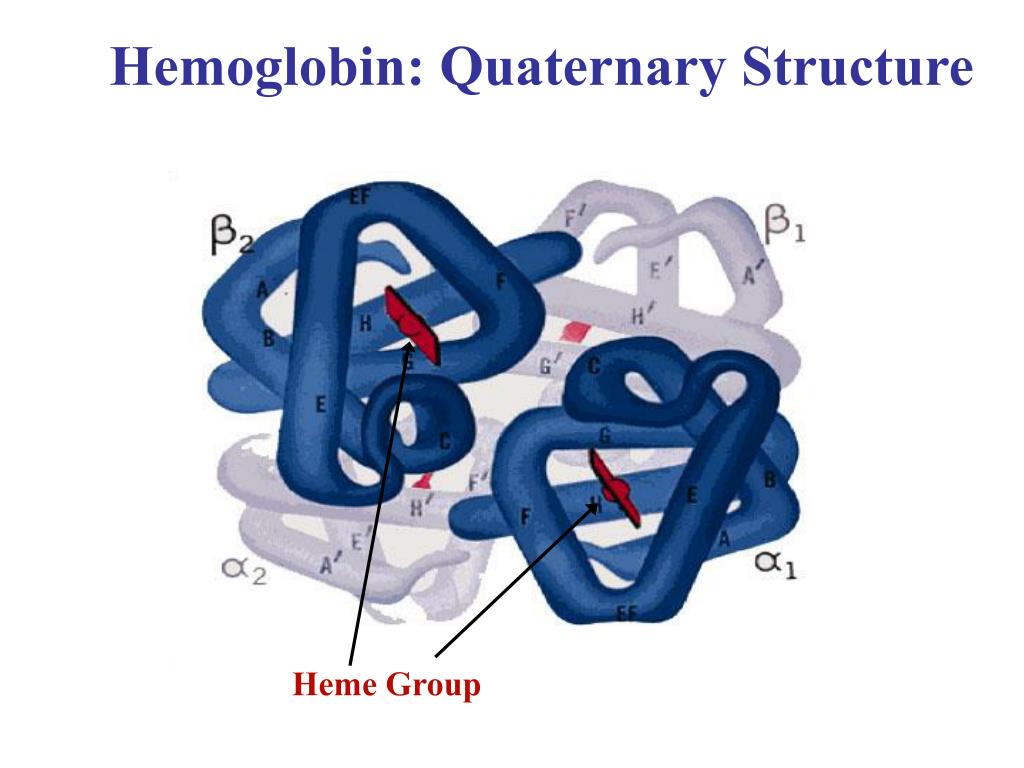
Anemia in the patient with cardiovascular disease
The hemoglobin concentration at which risk for death or serious morbidity occurs was investigated by Carson and colleagues [24] using a retrospective cohort of 1958 patients who underwent surgery and declined blood transfusion. The primary outcome variable was 30-day mortality. Cardiovascular disease was defined as a history of angina, myocardial infarction, congestive heart failure, or peripheral vascular disease. In patients with preoperative hemoglobin levels of 12 g/dl or greater the mortality rate was 1.3%, whereas patients with preoperative hemoglobin levels of less than 6 g/dl had a mortality rate of 33.3%. The authors concluded that low preoperative hemoglobin substantially increases the risk for death and serious morbidity [24].
The threshold for transfusion in the critically ill or perioperative patient with known coronary artery disease is still debated. The traditional belief is that anemic patients with coronary artery disease are at high risk for myocardial ischemia or infarction because they cannot increase oxygen extraction or augment coronary arterial flow.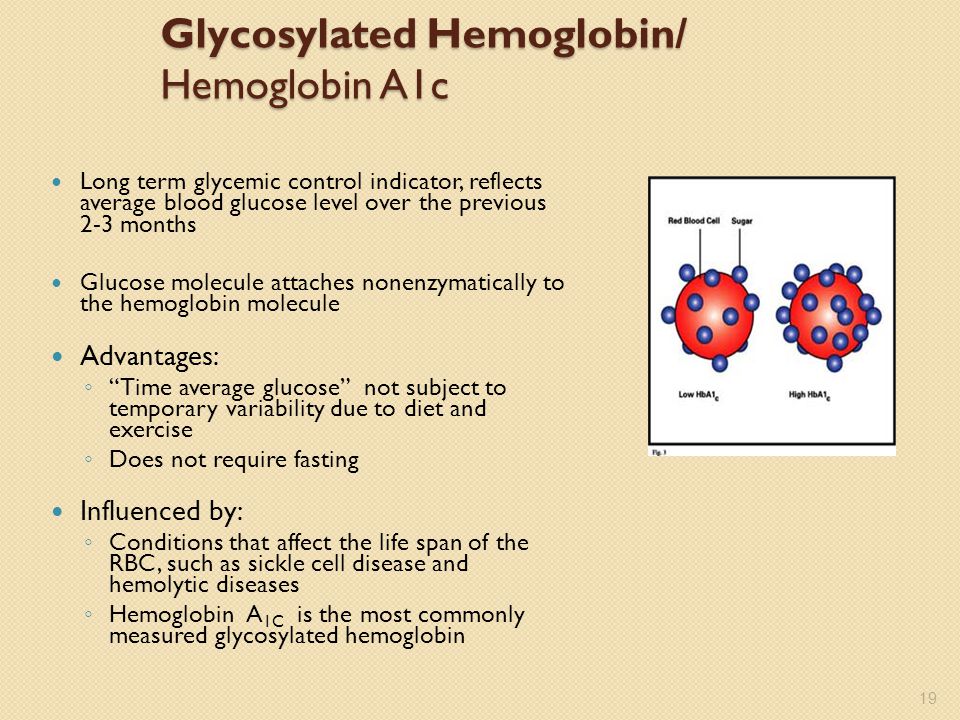 Retrospective studies to date in this population, including the study by Carson and colleagues [24], suggest that critically ill patients with cardiac disease had higher mortality when hemoglobin levels dropped from approximately 10 g/dl perioperatively to 6.0–6.9 g/dl. In fact, the adjusted odds of death in patients with cardiovascular disease increased five-fold (from 2.3 to 12.3).
Retrospective studies to date in this population, including the study by Carson and colleagues [24], suggest that critically ill patients with cardiac disease had higher mortality when hemoglobin levels dropped from approximately 10 g/dl perioperatively to 6.0–6.9 g/dl. In fact, the adjusted odds of death in patients with cardiovascular disease increased five-fold (from 2.3 to 12.3).
There is little available evidence supporting the use of blood transfusions in the setting of acute myocardial infarction, excluding retrospective work based on a large administrative discharge database done by Wu and colleagues [25]. Ignoring the significant limitations of the study design and methods, Wu and coworkers reported that patients with lower hematocrit values on admission had higher 30-day mortality rates. At least one randomized controlled trial has suggested that lowering the hemoglobin threshold for transfusion in aortocoronary bypass grafting procedures to 8 g/dl postoperatively does not adversely affect outcome [26]. There is some suggestion that cardiac bypass patients with higher hematocrit levels postoperatively are more likely to sustain a postoperative myocardial infarction [6]. In this setting, both study groups consisted of patients whose surgical lesions were corrected, and as such, they may have behaved differently from patients with fixed cardiac disease. There is substantial evidence on the beneficial effect of β-blockade in patients who have or are at risk for coronary artery disease in reducing mortality as well as the incidence of cardiovascular complications [27]. However, of the recent studies investigating anemia in cardiac disease, all have failed to control for confounding variables such as β-blockade and heart rate.
There is some suggestion that cardiac bypass patients with higher hematocrit levels postoperatively are more likely to sustain a postoperative myocardial infarction [6]. In this setting, both study groups consisted of patients whose surgical lesions were corrected, and as such, they may have behaved differently from patients with fixed cardiac disease. There is substantial evidence on the beneficial effect of β-blockade in patients who have or are at risk for coronary artery disease in reducing mortality as well as the incidence of cardiovascular complications [27]. However, of the recent studies investigating anemia in cardiac disease, all have failed to control for confounding variables such as β-blockade and heart rate.
The investigators in the Transfusion Requirements in Critical Care (TRICC) trial [28] performed a subgroup analysis of the main study to include patients who were thought to be at increased risk for complications associated with anemia because of a diagnosis related to coronary artery disease.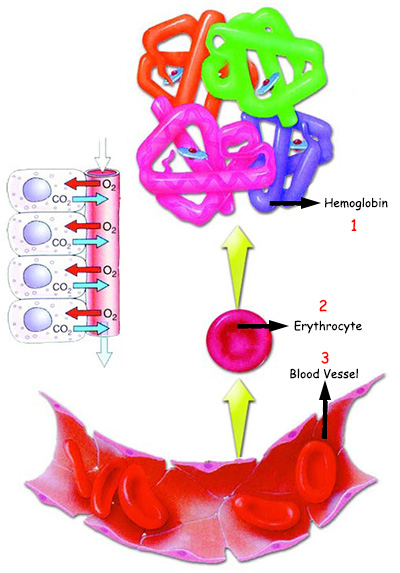 Those investigators analyzed 357 patients and found no significant difference in 30-day mortality between the restrictive and the liberal transfusion strategies. Other outcome measurements including multiorgan dysfunction scores, ICU and in-hospital length of stay were superior in the restrictive strategy group. Furthermore, there was a greater incidence of pulmonary edema, a common complication of blood transfusion, in the liberal transfusion strategy group (10.7% versus 5.3%) than in the restrictive group [3]. Intuitively, transfusion in the asymptomatic patient with ischemic heart disease and left ventricular dysfunction may actually be detrimental by precipitating pulmonary edema. In a subgroup with severe ischemic heart disease (n = 257), the absolute survival rate was lower in the restrictive strategy group than in the liberal strategy group, but this difference was not statistically significant. The authors concluded that a restrictive transfusion strategy appeared to be safe in most critically ill patients with cardiovascular disease, with the possible exception of patients with acute myocardial infarction and unstable angina.
Those investigators analyzed 357 patients and found no significant difference in 30-day mortality between the restrictive and the liberal transfusion strategies. Other outcome measurements including multiorgan dysfunction scores, ICU and in-hospital length of stay were superior in the restrictive strategy group. Furthermore, there was a greater incidence of pulmonary edema, a common complication of blood transfusion, in the liberal transfusion strategy group (10.7% versus 5.3%) than in the restrictive group [3]. Intuitively, transfusion in the asymptomatic patient with ischemic heart disease and left ventricular dysfunction may actually be detrimental by precipitating pulmonary edema. In a subgroup with severe ischemic heart disease (n = 257), the absolute survival rate was lower in the restrictive strategy group than in the liberal strategy group, but this difference was not statistically significant. The authors concluded that a restrictive transfusion strategy appeared to be safe in most critically ill patients with cardiovascular disease, with the possible exception of patients with acute myocardial infarction and unstable angina.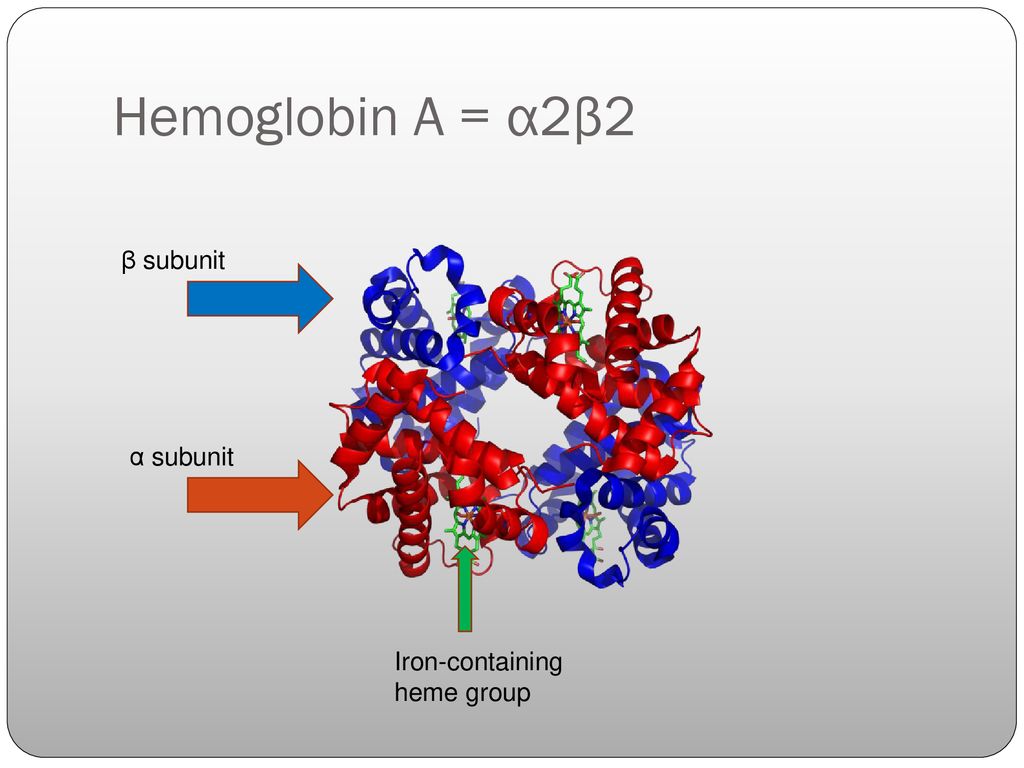 Because this conclusion was derived from a subgroup analysis, caution is warranted in the interpretation of these results.
Because this conclusion was derived from a subgroup analysis, caution is warranted in the interpretation of these results.
The critically ill patient with active ischemic cardiac disease continues to represent a ‘gray area’ in the literature. Under these circumstances, it is prudent to recommend individualizing transfusion decisions to meet the patient’s specific myocardial oxygen supply/demand, which may change during the course of their illness [29]. Arbitrary application of the 10/30 rule may result in avoidable adverse outcomes and as such can no longer be advocated as a transfusion trigger in any patient population.
Conclusion
Anemia in the setting of critical illness is prevalent. Based on the available data, it appears appropriate and safe to withhold transfusion based on the hemoglobin or hematocrit level until the patient’s hemoglobin is 7 g/dl or less. Regarding patients with cardiac disease but without acute myocardial infarction or unstable angina, evidence from the TRICC study suggests that this approach is safe in this group as well, provided euvolemia is maintained.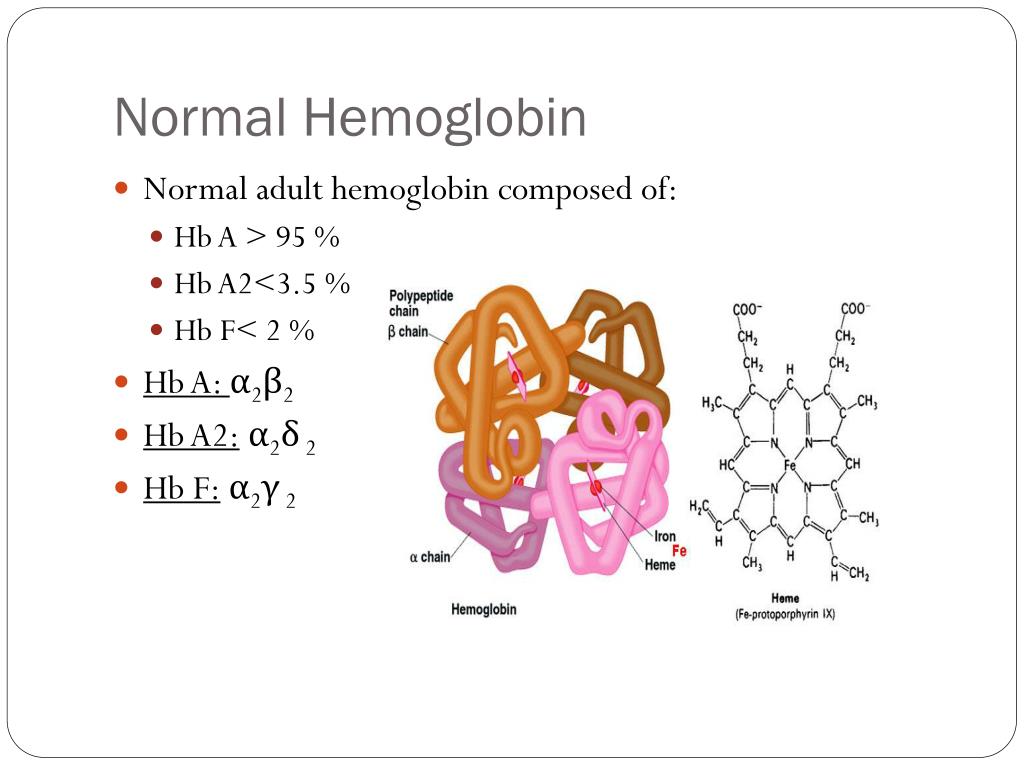 There is still controversy about this group of patients, however, and more trials addressing transfusion triggers in patients with coronary artery disease are needed. Given the well documented risks associated with blood transfusion [22], these data strengthen the contention that blood transfusion should be carefully considered and that the decision to transfuse RBCs cannot be justified by the 10/30 rule.
There is still controversy about this group of patients, however, and more trials addressing transfusion triggers in patients with coronary artery disease are needed. Given the well documented risks associated with blood transfusion [22], these data strengthen the contention that blood transfusion should be carefully considered and that the decision to transfuse RBCs cannot be justified by the 10/30 rule.
Competing interests
None declared.
Abbreviations
ICU = intensive care unit; RBC = red blood cell.
References
- McFarland JG. Perioperative blood transfusions: indications and options. Chest. 1999;115(Suppl):113S–121S. doi: 10.1378/chest.115.suppl_2.113S. [PubMed] [CrossRef] [Google Scholar]
- Adams RC, Lundy JS. Anesthesia in cases of poor surgical risk. Some suggestions for decreasing the risk. Surg Gynecol Obstet. 1942;74:1011–1019. [Google Scholar]
- Hebert PC, Wells G, Blajchman MA, Marshall J, Martin C, Pagliarello G, Tweeddale M, Schweitzer I, Yetisir E.
 A multicenter, randomized, controlled clinical trial of transfusion requirements in critical care. Transfusion Requirements in Critical Care Investigators, Canadian Critical Care Trials Group. N Engl J Med. 1999;340:409–417. doi: 10.1056/NEJM199902113400601. [PubMed] [CrossRef] [Google Scholar]
A multicenter, randomized, controlled clinical trial of transfusion requirements in critical care. Transfusion Requirements in Critical Care Investigators, Canadian Critical Care Trials Group. N Engl J Med. 1999;340:409–417. doi: 10.1056/NEJM199902113400601. [PubMed] [CrossRef] [Google Scholar] - Carson JL, Duff A, Berlin JA, Lawrence VA, Poses RM, Huber EC, O’Hara D, Noveck H, Strom BL. Perioperative blood transfusion and postoperative mortality. JAMA. 1998;279:199–205. doi: 10.1001/jama.279.3.199. [PubMed] [CrossRef] [Google Scholar]
- Waggoner JR III, Wass CT, Polis TZ, Faust RJ, Schroeder DR, Offord KP, Piepgras DG, Joyner MJ. The effect of changing transfusion practice on rates of perioperative stroke and myocardial infarction in patients undergoing carotid endarterectomy: a retrospective analysis of 1114 Mayo Clinic patients. Mayo Perioperative Outcomes Group. Mayo Clin Proc. 2001;76:376–383. [PubMed] [Google Scholar]
- Spiess BD, Ley C, Body SC, Siegel LC, Stover EP, Maddi R, D’Ambra M, Jain U, Liu F, Herskowitz A, Mangano DT, Levin J.
 Hematocrit value on intensive care unit entry influences the frequency of Q-wave myocardial infarction after coronary artery bypass grafting. The Institutions of the Multicenter Study of Perioperative Ischemia (McSPI) Research Group. J Thoac Cardiovasc Surg. 1998;116:460–467. [PubMed] [Google Scholar]
Hematocrit value on intensive care unit entry influences the frequency of Q-wave myocardial infarction after coronary artery bypass grafting. The Institutions of the Multicenter Study of Perioperative Ischemia (McSPI) Research Group. J Thoac Cardiovasc Surg. 1998;116:460–467. [PubMed] [Google Scholar] - Carson JL, Willett LR. Is a hemoglobin of 10 g/dL required for surgery? Med Clin North Am. 1993;77:335–347. [PubMed] [Google Scholar]
- Corwin HL, Parsonnet KC, Gettinger A. RBC transfusion in the ICU. Is there a reason? Chest. 1995;108:767–771. [PubMed] [Google Scholar]
- Sehgal LR, Zebala LP, Takagi I, Curran RD, Votapka TV, Caprini JA. Evaluation of oxygen extraction ratio as a physiologic transfusion trigger in coronary artery bypass graft surgery patients. Transfusion. 2001;41:591–595. doi: 10.1046/j.1537-2995.2001.41050591.x. [PubMed] [CrossRef] [Google Scholar]
- Stehling L, Simon TL. The red blood cell transfusion trigger. Physiology and clinical studies.
 Arch Pathol Lab Med. 1994;118:429–434. [PubMed] [Google Scholar]
Arch Pathol Lab Med. 1994;118:429–434. [PubMed] [Google Scholar] - Greenburg AG. A physiologic basis for red blood cell transfusion decisions. Am J Surg. 1995;Suppl 6A:44S–48S. doi: 10.1016/S0002-9610(99)80058-0. [PubMed] [CrossRef] [Google Scholar]
- Majeski J. Advances in general and vascular surgical care of Jehovah’s Witnesses. Int Surg. 2000;85:257–265. [PubMed] [Google Scholar]
- Grebenik CR, Sinclair ME, Westaby S. High risk cardiac surgery in Jehovah’s Witnesses. J Cardiovasc Surg. 1996;37:511–515. [PubMed] [Google Scholar]
- Kitchens CS. Are transfusions overrated? Surgical outcome of Jehovah’s Witnesses. Am J Med. 1993;94:117–119. doi: 10.1016/0002-9343(93)90171-K. [PubMed] [CrossRef] [Google Scholar]
- Victorino G, Wisner DH. Jehovah’s Witnesses: unique problems in a unique trauma population. J Am Coll Surg. 1997;184:458–468. [PubMed] [Google Scholar]
- Ott DA, Cooley DA. Cardiovascular surgery in Jehovah’s Witnesses. Report of 542 operations without blood transfusion.
 JAMA. 1977;238:1256–1258. doi: 10.1001/jama.238.12.1256. [PubMed] [CrossRef] [Google Scholar]
JAMA. 1977;238:1256–1258. doi: 10.1001/jama.238.12.1256. [PubMed] [CrossRef] [Google Scholar] - Viele MK, Weiskopf RB. What can we learn about the need for transfusion from patients who refuse blood? The experience with Jehovah’s Witnesses. Transfusion. 1994;34:396–401. doi: 10.1046/j.1537-2995.1994.34594249050.x. [PubMed] [CrossRef] [Google Scholar]
- Spence RK, Alexander JB, DelRossi AJ, Cernaianu AD, Cilley J Jr, Pello MJ, Atabek U, Camishion RC, Vertrees RA. Transfusion guidelines for cardiovascular surgery: lessons learned from operations in Jehovah’s Witnesses. J Vasc Surg. 1992;16:825–829. doi: 10.1067/mva.1992.40968. [PubMed] [CrossRef] [Google Scholar]
- Weiskopf RB, Viele MK, Feiner J, Kelley S, Lieberman J, Noorani M, Leung JM, Fisher DM, Murray WR, Toy P, Moore MA. Human cardiovascular and metabolic response to acute, severe isovolemic anemia. JAMA. 1998;279:217–221. doi: 10.1001/jama.279.3.217. [PubMed] [CrossRef] [Google Scholar]
- Vincent JL, Baron J-F, Reinhart K, Gattinoni L, Thijs L, Webb A, Meier-Hellmann A, Nollet G, Peres-Bota D.
 Anemia and blood transfusion in critically ill patients. JAMA. 2002;288:1499–1507. doi: 10.1001/jama.288.12.1499. [PubMed] [CrossRef] [Google Scholar]
Anemia and blood transfusion in critically ill patients. JAMA. 2002;288:1499–1507. doi: 10.1001/jama.288.12.1499. [PubMed] [CrossRef] [Google Scholar] - Corwin HL, Gettinger A, Pearl RG, Fink MP, Levy MM, Abraham E, MacIntyre NR, Shabot M, Duh M-S, Shapiro MJ. The CRIT study: Anemia and blood transfusion in the critically ill: current clinical practice in the United States. Crit Care Med. 2004;32:39–52. doi: 10.1097/01.CCM.0000104112.34142.79. [PubMed] [CrossRef] [Google Scholar]
- Fakhry SM, Rutherford EJ, Sheldon GF. In: In Textbook of Surgery: the Biological Basis of Modern Surgical Practice. 16. Townsend CM Jr, Beauchamp RD, Evers BM, Mattox KL, editor. Philadelphia: W.B. Saunders Company; 2001. Hamatologic principles in surgery; pp. 68–89. [Google Scholar]
- Hebert PC, Wells G, Martin C, Tweeddale M, Marshall J, Blajchman M, Pagliarello G, Schweitzer I, Calder L. A Canadian survey of transfusion practices in critically ill patients. Crit Care Med. 1998;26:482–487.
 doi: 10.1097/00003246-199803000-00019. [PubMed] [CrossRef] [Google Scholar]
doi: 10.1097/00003246-199803000-00019. [PubMed] [CrossRef] [Google Scholar] - Carson JL, Duff RM, Berlin JA, Spence RK, Trout R, Noveck H, Strom BL. Effect of anaemia and cardiovascular disease on surgical mortality and morbidity. Lancet. 1996;348:1055–1060. doi: 10.1016/S0140-6736(96)04330-9. [PubMed] [CrossRef] [Google Scholar]
- Wu W-C, Rathore SS, Wang Y, Radford MJ, Krumholz HM. Blood transfusion in elderly patients with acute myocardial infarction. N Engl J Med. 2001;345:1230–1236. doi: 10.1056/NEJMoa010615. [PubMed] [CrossRef] [Google Scholar]
- Bracey AW, Radovancevic R, Riggs SA, Houston S, Cozart H, Vaughn WK, Radovancevic B, McAllister HA Jr, Cooley DA. Lowering the hemoglobin threshold for transfusion in coronary artery bypass procedures: effect on patient outcome. Transfusion. 1999;39:1070–1077. doi: 10.1046/j.1537-2995.1999.39101070.x. [PubMed] [CrossRef] [Google Scholar]
- Mangano DT, Layug EL, Wallace A, Tateo I. Effect of atenolol on mortality and cardiovascular morbidity after noncardiac surgery.
 N Engl J Med. 1996;335:1713–1720. doi: 10.1056/NEJM199612053352301. [PubMed] [CrossRef] [Google Scholar]
N Engl J Med. 1996;335:1713–1720. doi: 10.1056/NEJM199612053352301. [PubMed] [CrossRef] [Google Scholar] - Hebert PC, Yetisir E, Martin C, Blajchman MA, Wells G, Marshall J, Tweeddale M, Pagliarello G, Schweitzer I. Is a low transfusion threshold safe in critically ill patients with cardiovascular diseases? Crit Care Med. 2001;29:227–234. doi: 10.1097/00003246-200102000-00001. [PubMed] [CrossRef] [Google Scholar]
- Walsh TS, McClelland DB. When should we transfuse critically ill and perioperative patients with known coronary artery disease? Br J Anaesth. 2003;90:719–722. doi: 10.1093/bja/aeg109. [PubMed] [CrossRef] [Google Scholar]
When should a hospitalized patient be transfused?
Case
A 65-year-old male nursing home resident is sent to the emergency room with a productive cough, fever, and low blood pressure, and is diagnosed with community-acquired pneumonia. He has a history of tobacco abuse, hypertension, and a right middle cerebral artery stroke. His admission labs show a hemoglobin level of 9.0 g/dL. The day after admission his hypotension has resolved and he reports feeling much better after two liters of intravenous fluids and antibiotics. However, his hemoglobin level is 7.9 g/dL. There is no evidence of bleeding. Should this hospitalized patient be transfused?
His admission labs show a hemoglobin level of 9.0 g/dL. The day after admission his hypotension has resolved and he reports feeling much better after two liters of intravenous fluids and antibiotics. However, his hemoglobin level is 7.9 g/dL. There is no evidence of bleeding. Should this hospitalized patient be transfused?
Overview
When to give a red blood cell transfusion is a clinical question commonly encountered by hospitalists. Individuals with acute blood loss, chronic blood loss, anemia of chronic disease, and hemolytic anemia often are given transfusions. Hospitalists serving as consultants may be asked when to transfuse patients perioperatively.
It is estimated up to 25% of the red blood cells transfused in the U.S. are inappropriate.1-4 Many physicians transfuse based on a number, rather than on objective findings. Overuse is common because of the wide availability of red blood cells, the belief complications are infrequent, and an unfounded fear of adverse outcomes if a patient is not transfused.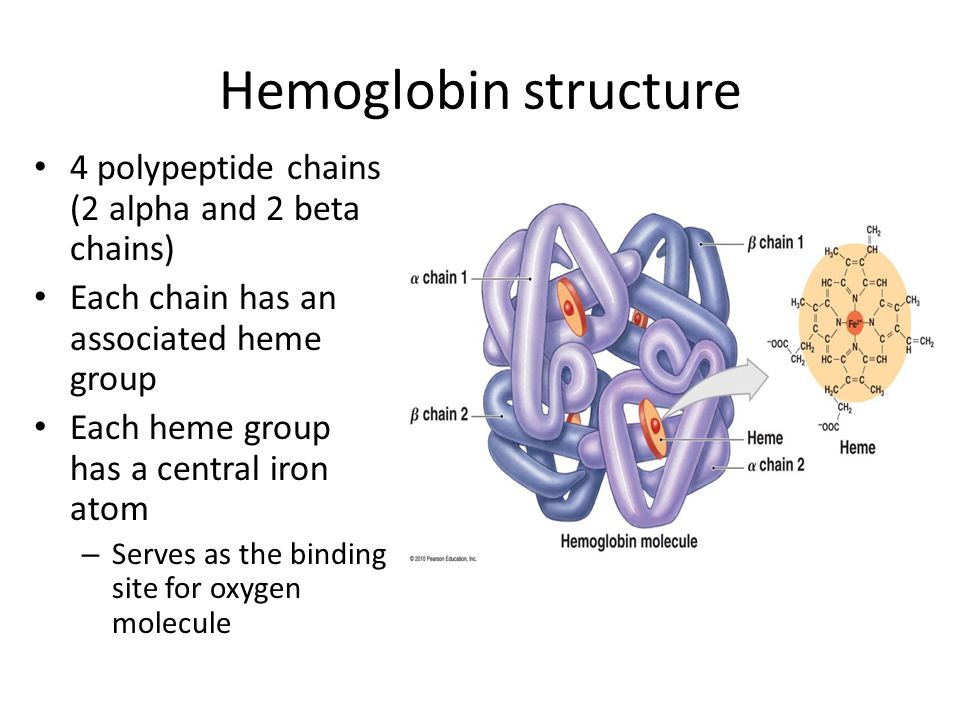
Tachycardia, low blood pressure, and declining oxygen saturations are signs clinicians can use when making the decision to transfuse. Electrocardiographic changes associated with tissue hypoxia can occur at a hemoglobin level <5 g/dL in healthy adults. Studies show mortality and morbidity increase rapidly at levels <5.0 to 6.0 g/dL.5 Currently, no diagnostic serological test exists for tissue hypoxia, which is the physiologic reason to give red blood cells.
Red blood cell transfusion can be a life-saving therapy; however, it is not a benign intervention. It is estimated 10% of transfusion reactions will have some adverse event.6 Red blood cell use exposes patients to hemolytic transfusion reactions, infections, and transfusion related acute lung injury.7,8 Additionally, unnecessary economic expenses are incurred and a scarce resource is diverted from other patients.
Hospitalists should be able to describe the indications for red blood cell transfusion and understand the evidence for and against its use. Physicians who appreciate the risks and benefits of red blood cell use tend to transfuse less blood that those who less informed. 9, 10
Physicians who appreciate the risks and benefits of red blood cell use tend to transfuse less blood that those who less informed. 9, 10
Review of the Data
General outcomes: Despite the long history of red blood cell transfusion, which dates back to 1818, when James Blundell successfully saved a woman exsanguinating from a postpartum hemorrhage, little evidence has been accumulated for its appropriate use. In the 1980s, the discovery of the human immunodeficiency virus sparked blood product safety concerns. This stimulated research and a debate over red blood cell transfusion practices, with a growing body of literature unsupportive of transfusion for an arbitrary trigger, for example the “10/30 rule,” which referred to 10 g/dL hemoglobin or hematocrit of 30%.9
Observational studies have raised concerns by linking morbidity and mortality to red blood cell use. Among 1,958 surgical patients who refused blood transfusion on religious grounds, there was an increase in mortality when hemoglobin levels were <6.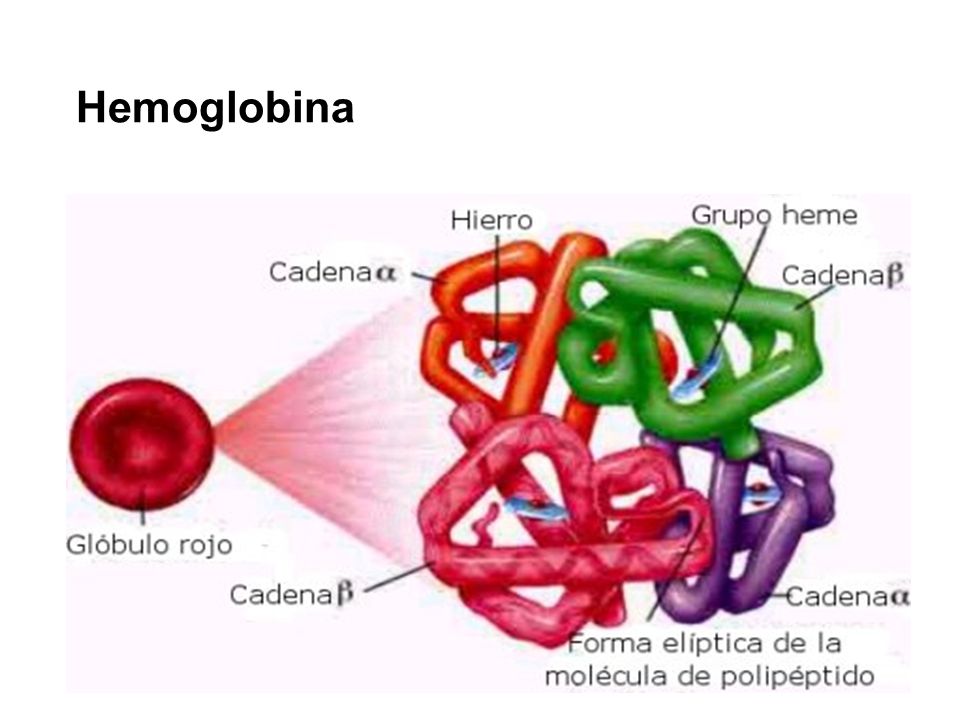 0 g/dL. Hemoglobin levels higher than 7.0 g/dL showed no increased mortality.11 A recent comprehensive review included 272,596 surgical, trauma, and ICU patients in 45 observational studies. The review included studies with end points, including mortality, infections, multiorgan dysfunction syndrome, and acute respiratory distress syndrome, and concluded transfusions are associated with a higher risk of morbidity and mortality.12 (see Figure 1, p. 20)
0 g/dL. Hemoglobin levels higher than 7.0 g/dL showed no increased mortality.11 A recent comprehensive review included 272,596 surgical, trauma, and ICU patients in 45 observational studies. The review included studies with end points, including mortality, infections, multiorgan dysfunction syndrome, and acute respiratory distress syndrome, and concluded transfusions are associated with a higher risk of morbidity and mortality.12 (see Figure 1, p. 20)
Higher rates of infection associated with transfusions occurred in patients with post-operative trauma, acute injuries, gastrointestinal cancer undergoing surgery, coronary bypass surgery, hip surgery, burns, critical illness, and patients requiring ventilation. (see Figure 2, p. 21)12 The increased infection risk likely is due to the transient depression of the immune system induced by red blood cell transfusion. Prolonged hospital stays in postoperative colorectal surgery patients and ICU patients have been associated with transfusions. 13
13
A meta-analysis of the few randomized controlled trials favors the restrictive use of red blood cells. The preponderance of the evidence comes from the Transfusion Requirements in Critical Care (TRICC) trial.14 This randomized control trial in critically ill medical and surgical patients demonstrated a restrictive strategy (transfusion trigger of <7.0 g/dL) and was as effective as a liberal transfusion strategy (transfusion trigger <10.0 g/dL). (see Figure 3, p. 22) Indeed, patients in the restrictive arm of the trial, who were less ill and under age 55 had a lower mortality rate than those who were transfused liberally.15 To date, there are no hospital-based randomized control trials that evaluate outcomes of anemic non-ICU medical patients.
This evidence has created a growing consensus that a restrictive use of blood results in improved patient outcomes. In patients without cardiovascular disease the evidence suggests most patients tolerate a hemoglobin level of 7. 0 g/dL.5
0 g/dL.5
Cardiac Patients
Experimental and clinical evidence suggests patients with cardiovascular disease are less tolerant of anemia. Patients with coronary disease are more likely to have adverse outcomes than those without coronary disease, if they do not have a red blood cell transfusion.11,16
The myocardium has a higher oxygen extraction ratio compared to the tissue oxygen extraction ratio, making it more sensitive to anemia.17,18 The presence of cardiac disease may require a higher threshold to transfuse blood; however, the precise recommended threshold remains controversial. A restrictive red blood cell transfusion strategy (maintaining the hemoglobin between 7.0 g/dL and 9.0 g/dL) appeared to be safe in most critically ill patients with cardiovascular disease.14
The data is more conflicting for patients with an acute coronary syndrome (ACS). Some studies have found increased mortality and another concluded ACS decreased with red blood cell use.19-21 Further research is needed to determine when red blood cells should be given to patients with coronary disease.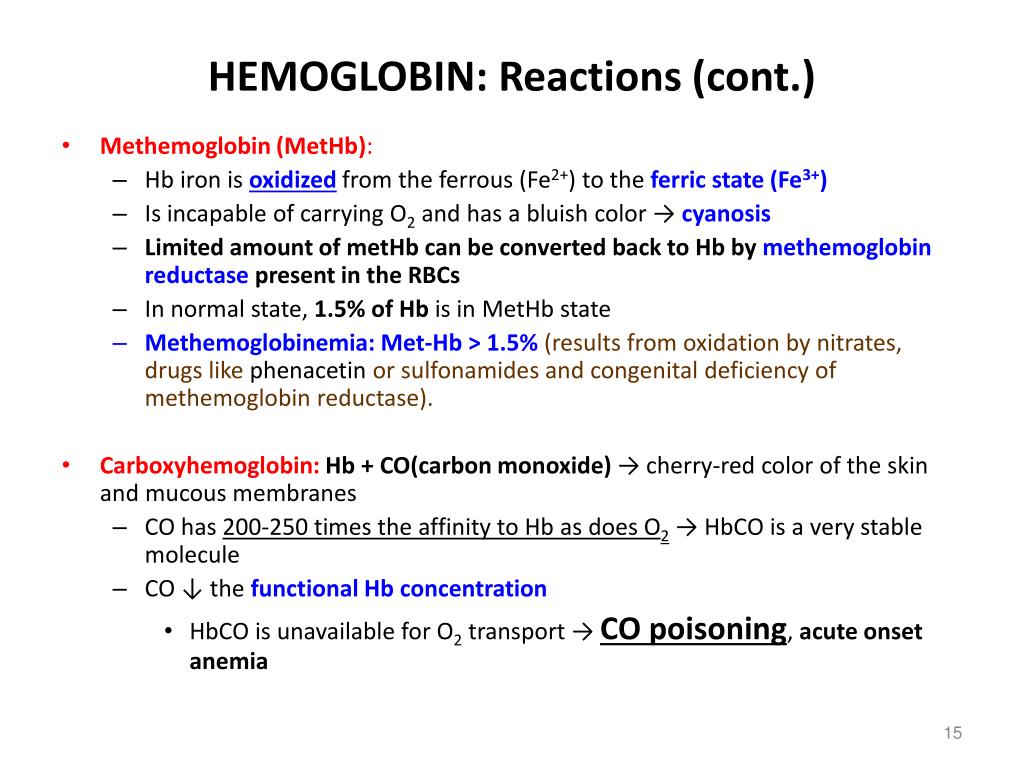
Gastrointestinal Bleeding
The decision to transfuse for gastrointestinal (GI) bleeding takes into account the site and etiology of the bleeding, availability of treatments, and risk of continued bleeding. Once the blood loss is controlled, a decision must be made on how to treat the anemia. Currently, no studies have looked at outcomes for patients who did and did not receive blood for an acute or chronic GI bleed.
Additionally, no studies have been conducted to delineate when to transfuse patients with chronic GI blood loss. Studies of patients with an acute GI bleed and cardiovascular disease have shown an increase in mortality, but it is unknown if the use of specific transfusion triggers affects outcomes in this group.
In patients with GI bleeding, experts feel the use of red blood cells should be guided by available evidence. For patients without cardiac disease, red blood cell transfusion is rarely required following definitive treatment and cessation of blood loss unless the hemoglobin is <7.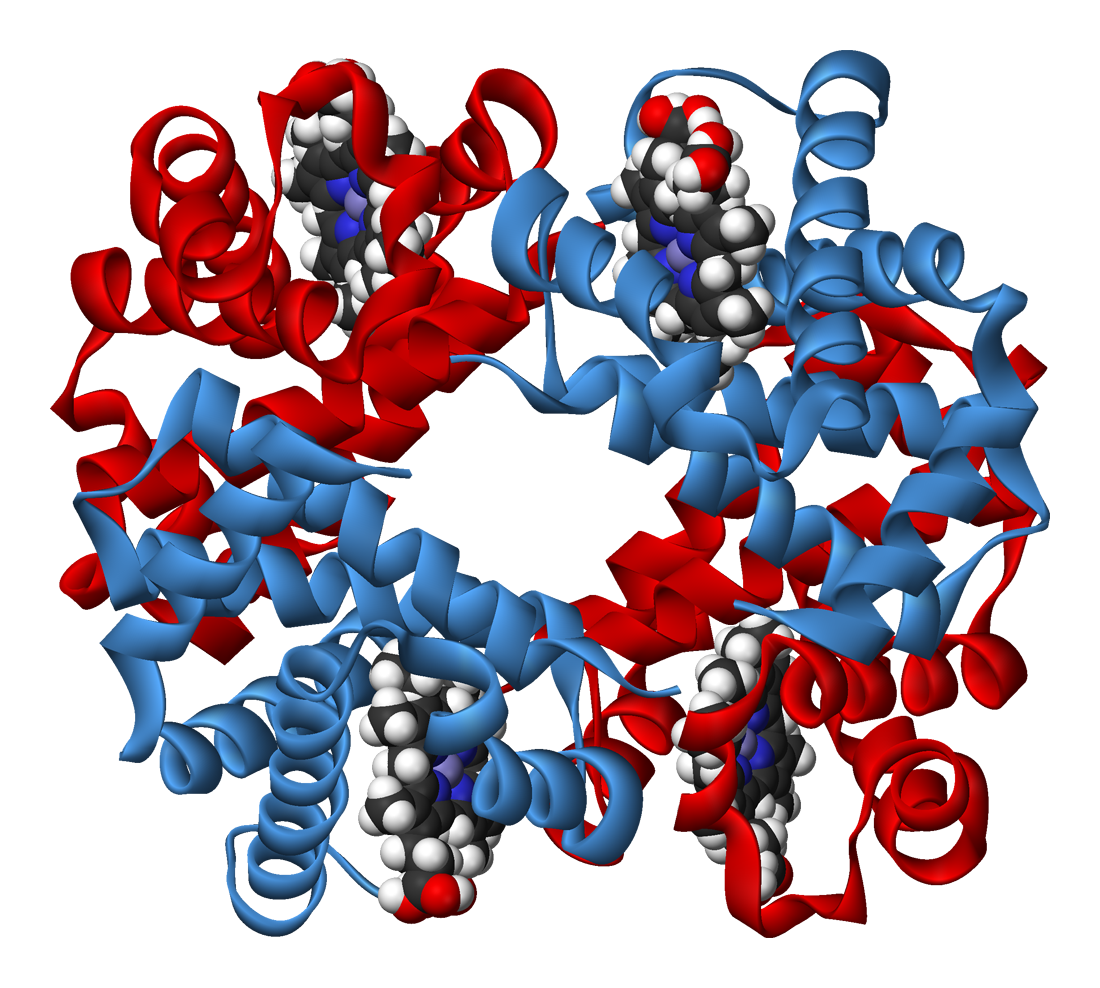 0 g/dL.22
0 g/dL.22
Back to the Case
The patient described in our case should not be transfused unless he has clinical signs or symptoms of tissue hypoxemia. An appropriate workup for his anemia should be initiated and, if an etiology identified, definitive treatment or intervention applied.
Bottom Line
Unless there are clinical signs of tissue hypoxia, symptomatic anemia, or a hemoglobin of <7.0 g/dL, red blood cell transfusion is not recommended, unless the patient has active ACS or significant underlying coronary disease. TH
Dr. Dressler is associate program director, assistant professor of medicine, Division of General Internal Medicine, Emory University Hospital, Atlanta. Dr. VanderEnde is assistant professor of medicine, Division of General Internal Medicine, Emory University Hospital, Atlanta.
References
1. Welch HG, Meehan KR, Goodnough LT. Prudent strategies for elective red blood cell transfusion. Ann Intern Med. 1992;116(5):393-402.
2. Tartter PI, Barron DM. Unnecessary blood transfusions in elective colorectal cancer surgery. Transfusion. 1985;25(2):113-115.
3. Saxena S, Weiner JM, Rabinowitz A, Fridey J, Shulman IA, Carmel R. Transfusion practice in medical patients. Arch Int Med. 1993;153(22):2575-80.
4. Palermo G, Bove J, Katz AJ. Patterns of blood use in Connecticut. Transfusion. 1980;20(6):704-710.
5. Carson JL, Reynolds RC. In search of the transfusion threshold. Hematology. 2005;10(Suppl 1):86-88.
6. Walker RH. Special report: transfusion risks. Am J Clin Pathol. 1987;88(3):374-378.
7. Blajchman MA, Vamvakas EC. The continuing risk of transfusion-transmitted infections. N Engl J Med. 2006;355(13):1303-1305.
8. Spiess BD. Risks of transfusion: outcome focus. Transfusion. 2004;44(Suppl 12):4S-14S.
9. Salem-Schatz SR, Avorn J, Soumerai SB. Influence of clinical knowledge, organizational context, and practice style on transfusion decision-making. JAMA. 1990;264(4):476-483.
JAMA. 1990;264(4):476-483.
10. Wilson K, MacDougall L, Fergusson D, Graham I, Tinmouth A, Hebert PC. The effectiveness of interventions to reduce physician’s levels of inappropriate transfusion: what can be learned from a systematic review of the literature. Transfusion. 2002;42(9):1224-1229.
11. Carson JL, Duff A, Poses RM, et al. Effect of anemia and cardiovascular disease on surgical mortality and morbidity. Lancet. 1996;348(9034):1055-1060.
12. Marik PE, Corwin HL. Efficacy of red blood cell transfusion in the critically ill: a systematic review of the literature. Crit Care Med. 2008;36(9):2667-2674.
13. Raghavan M, Marik PE. Anemia, allogenic blood transfusion, and immunomodulation in the critically ill. Chest. 2005;127(1):295-307.
14. Hebert PC, Wells G, Blajchman MA, et al. A multicenter, randomized, controlled clinical trial of transfusion requirements in critical care. Transfusion requirements in critical care investigators, Canadian critical care trials group. N Engl J Med. 1999;340(6):409-417.
N Engl J Med. 1999;340(6):409-417.
15. Carson JL, Hill S, Carless P, Hebert P, Henry D. Transfusion triggers: a systematic review of the literature. Transfus Med Rev. 2002;16(3):187-199.
16. Sabatine MS, Morrow DA, Giugliano RP, et al. Association of hemoglobin levels with clinical outcomes in acute coronary syndromes. Circulation. 2005; 111(16):2042-2049.
17. Jan KM, Chien S. Effect of hematocrit variations on coronary hemodynamics and oxygen utilization. Am J Physiol. 1977;233(1):h206-h213.
18. Wilderson DK RASL, Gould SA, Sehgal HL, Moss GS. Limits of cardiac compensation in anemic baboons. Surgery. 1988;103(6):665-670.
19. Rao SV, Jollis JG, Harrington RA, et al. Relationship of blood transfusion and clinical outcomes in patients with acute coronary syndromes. JAMA. 2004; 292(13):1555-1562.
20. Wu WC, Rathore SS, Wang Y, Radford MJ, Krumholz HM. Blood transfusion in elderly patients with acute myocardial infarction. N Engl J Med. 2001; 345(17):1230-1236.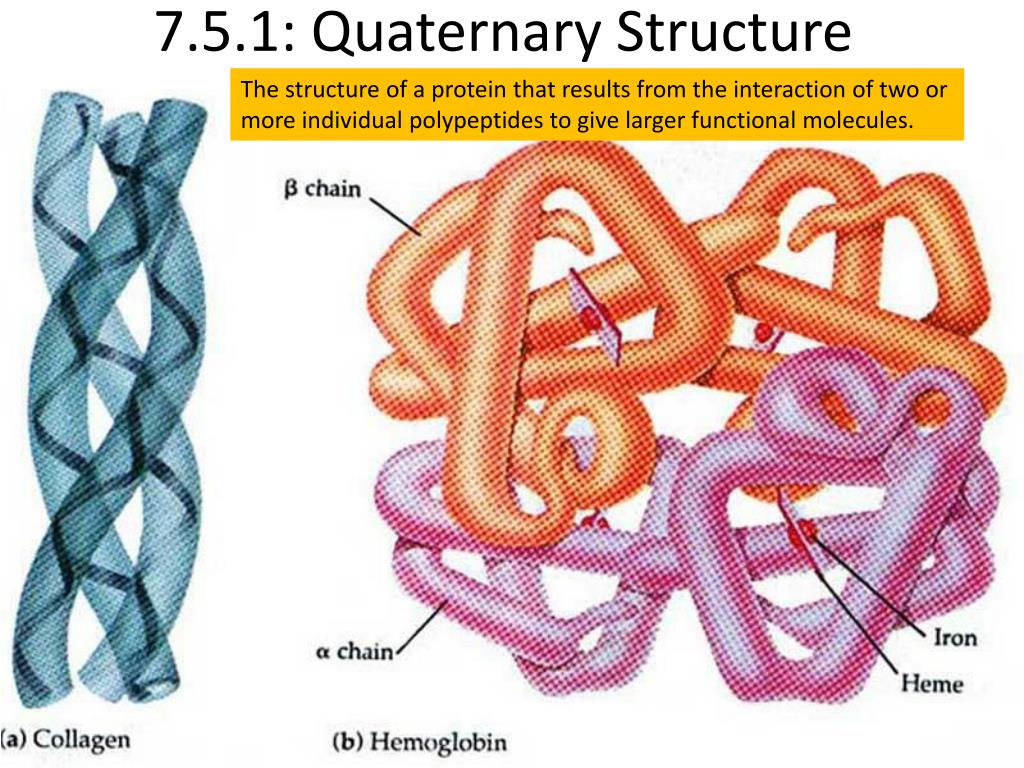
21. Hebert PC, Fergusson DA. Do transfusions get to the heart of the matter? JAMA. 2004;292(13):1610-1612.
22. Hearnshaw S, Travis S, Murphy M. The role of blood transfusion in the management of upper and lower intestinal tract bleeding. Best Pract Res Clin Gastroenterology. 2008;22(2):355-371.
9 Foods That Can Help Increase Haemoglobin
Haemoglobin is an iron-rich protein that is present in the red blood cells
Highlights
- Health issues in this modern and fast-paced life are a common sight
- Haemoglobin is an iron-rich protein that is present in red blood cells
- When haemoglobin level decreases, it may cause fatigue
Health issues in this modern and fast-paced life are a common sight; thanks to the sedentary lifestyle, stress and anxiety that surrounds us. One of the most common conditions that humans tend to suffer from is deficiency of haemoglobin. Haemoglobin is an iron-rich protein that is present in the red blood cells, and is responsible for carrying oxygen throughout the body.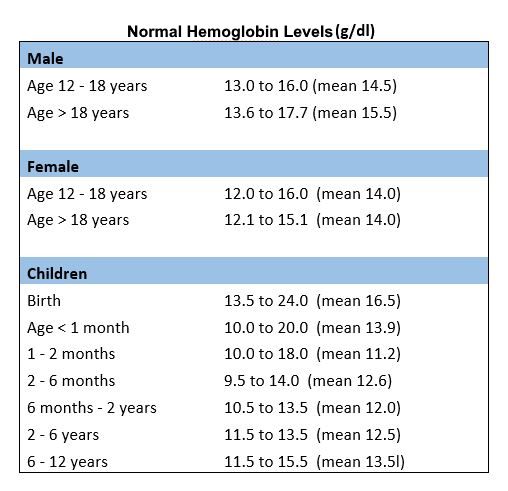 When haemoglobin level decreases, it may cause fatigue, weakness, shortness of breath, headaches, et al, and if the levels drop significantly, the condition may be diagnosed as anaemia. Anaemia is one of the biggest causes of concern in India. According to many recent surveys, millions of Indian girls suffer from the condition. As opposed to men of the same age, the haemoglobin count among girls is much less.
When haemoglobin level decreases, it may cause fatigue, weakness, shortness of breath, headaches, et al, and if the levels drop significantly, the condition may be diagnosed as anaemia. Anaemia is one of the biggest causes of concern in India. According to many recent surveys, millions of Indian girls suffer from the condition. As opposed to men of the same age, the haemoglobin count among girls is much less.
How Does Haemoglobin In Our Body Works?
The key function of red blood cells is the transport of oxygen from the lungs to the body’s cells. RBCs contain a protein known as haemoglobin that is responsible for carrying oxygen in order to ensure that the living cells are performing well. It is said that 97 percent of the oxygen carried by the blood from the lungs is carried through haemoglobin and the other three percent is dissolved by the plasma.
How Much Haemoglobin Does An Adult Human Need?
According to Sujetha Shetty, Nutritionist at Gympik.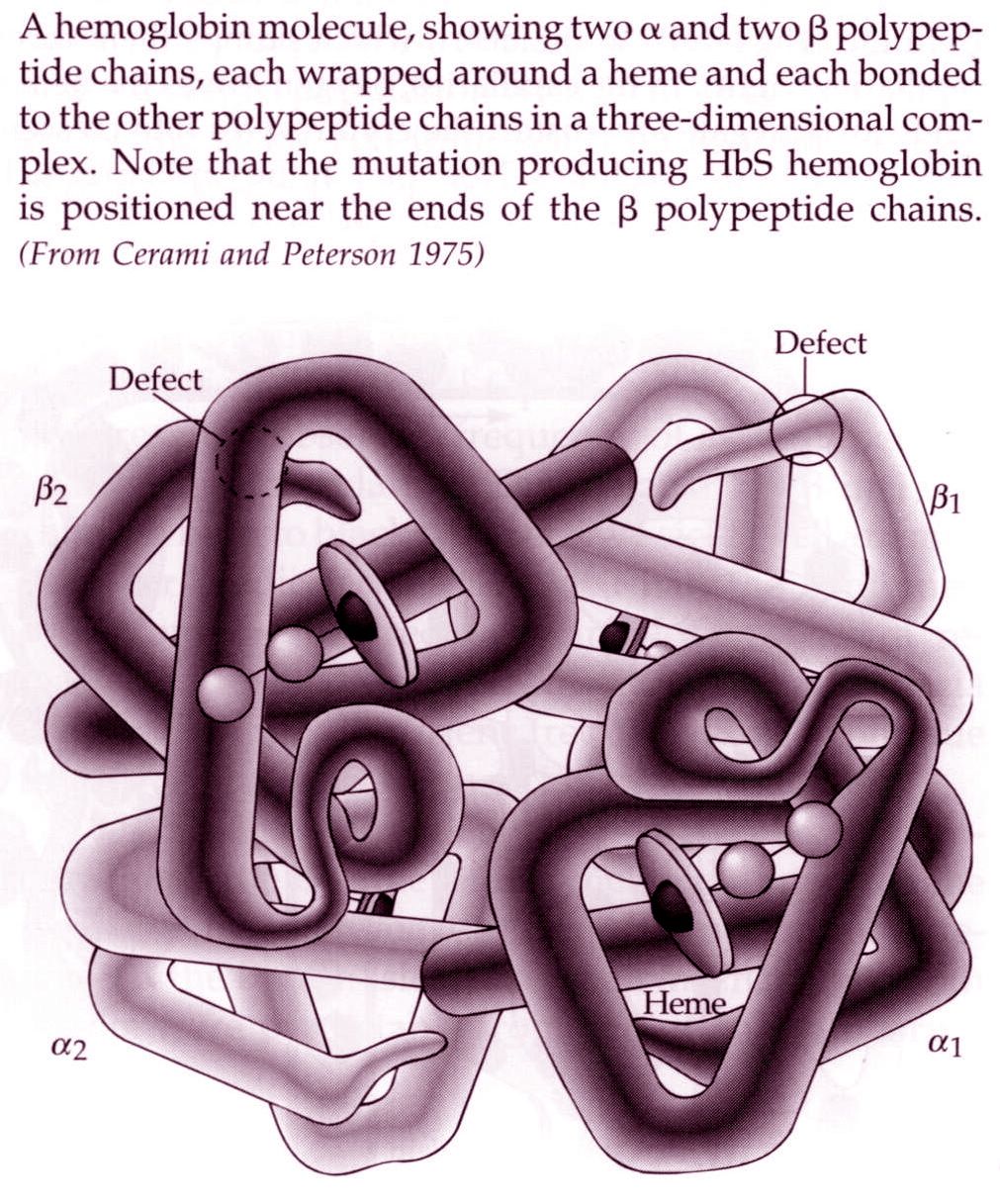 com, “Ideally a male needs 13.5 to 17.5 grams per decilitre and female needs 12.0 to 15.5 grams per decilitre haemoglobin that is deemed as normal.” In case of children, the range may vary with age and sex.
com, “Ideally a male needs 13.5 to 17.5 grams per decilitre and female needs 12.0 to 15.5 grams per decilitre haemoglobin that is deemed as normal.” In case of children, the range may vary with age and sex.
In order to keep your haemoglobin in check and to ensure your body cells are functioning well, we suggest some foods that may help increase haemoglobin.
As per Nutritionist Sujetha Shetty, “Consuming foods that are rich in iron, folic acid and vitamin B-12 help in maintaining haemoglobin levels. Some of the food sources that need to be included in the diet are animal meats, fish, poultry, chicken, eggs, beans, lentils, and green leafy veggies. Vitamin-C containing foods increase iron absorption in the body, and are most commonly found in fresh fruits and veggies like guava, bell peppers, berries, oranges, tomatoes and sprouted pulses.”
1. Load Up On Vitamin-C Rich Foods
Iron cannot be fully absorbed by the body, which is why it needs a medium to help absorb it well. Hence, here’s when vitamin-C comes into play. Eat more oranges, lemon, bell peppers, tomatoes, grapefruits, berries, et al as they are super rich in vitamin-C content.
Hence, here’s when vitamin-C comes into play. Eat more oranges, lemon, bell peppers, tomatoes, grapefruits, berries, et al as they are super rich in vitamin-C content.
(Also Read: Load Up On These Fruits To Increase Haemoglobin Levels)
How to increase haemoglobin: Eat vitamin C rich foods
2. Iron Rich Foods Should Be Your Priority
As per the National Anaemia Action Council, iron deficiency is one of the most common causes of low haemoglobin levels. The Recommended Dietary Allowances (RDA) for iron are:
For adult males (19 to 50 years), it is eight milligram; while for adult females (19 to 50 years), it is 18 milligram.
Therefore, it is important to load up iron rich foods like green leafy vegetables, liver, tofu, spinach, eggs, whole grains, pulses and beans, meat, fish, dry fruits, et al.
How to increase haemoglobin levels: iron deficiency is one of the most common causes
3. Folic Acid Is A Must
Folic acid is a B-complex vitamin that is required to make red blood cells in the body.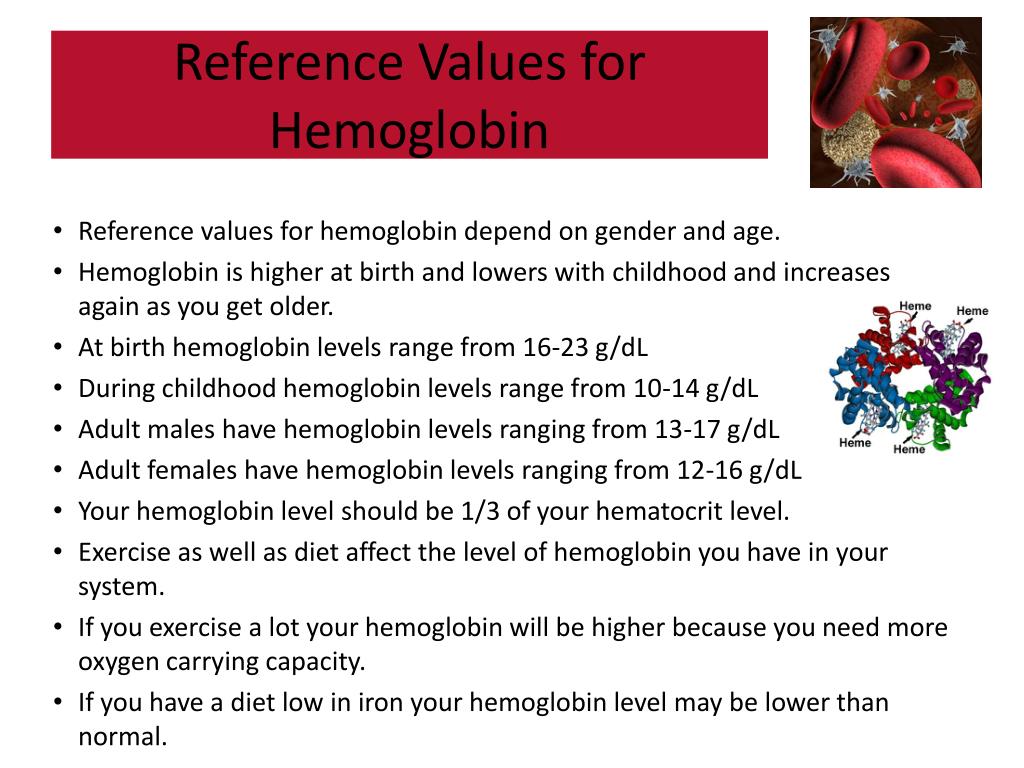 A folic acid deficiency may lead to a low haemoglobin level. Consume more green leafy vegetables, sprouts, dried beans, peanuts, bananas, broccoli, liver, et al more often.
A folic acid deficiency may lead to a low haemoglobin level. Consume more green leafy vegetables, sprouts, dried beans, peanuts, bananas, broccoli, liver, et al more often.
How to increase haemoglobin: Folic acid is a B-complex vitamin that is required to make red blood cells
4. Pomegranate
Pomegranate is a rich source of both calcium and iron along with protein, carbohydrates and fibre. It is one of the best foods to increase haemoglobin; thanks to the exceptional nutritional value it has. Drink pomegranate juice daily in order to ensure your haemoglobin levels are at par.
How to increase haemoglobin: Pomegranate is a rich source of both calcium and iron along with protein
5. Dates
This intensely sweet dried fruit is packed with energy and is super nourishing. Dates provide ample sources of iron that increases haemoglobin levels in the blood. However, most doctors recommend that diabetics must avoid eating dates due to their high sugar content.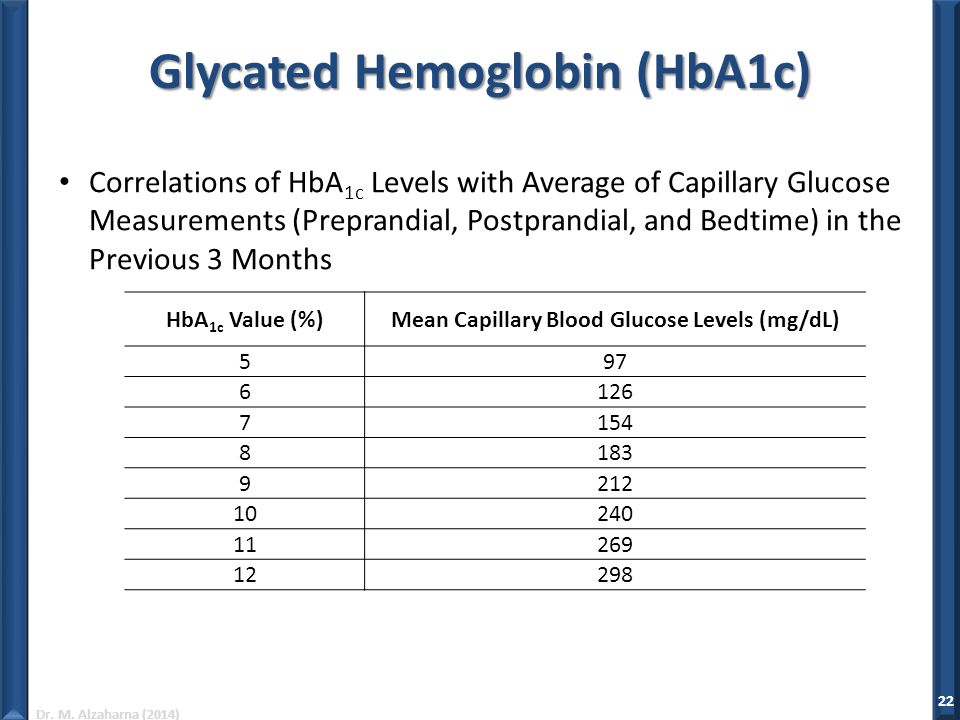
How to increase haemoglobin: This intensely sweet dried fruit is packed with energy
6. Beetroots
Beetroot is one of the best ways to increase haemoglobin levels. It is not only high in iron content, but also folic acid along with potassium and fibre. Drink beetroot juice every day to ensure a healthy blood count.
How to increase haemoglobin levels: Beetroot is one of the best ways to increase haemoglobin levels7. Legumes
Legumes like lentils, peanuts, peas and beans can also help increase haemoglobin levels significantly. Their iron and folic acid content helps boost the production of red blood cells in the body.
How to increase haemoglobin: Legumes like lentils, peanuts, et al can also help increase haemoglobin
8. Pumpkin Seeds
Pumpkin seeds serve about eight milligram of iron along with sufficient calcium, magnesium and manganese content.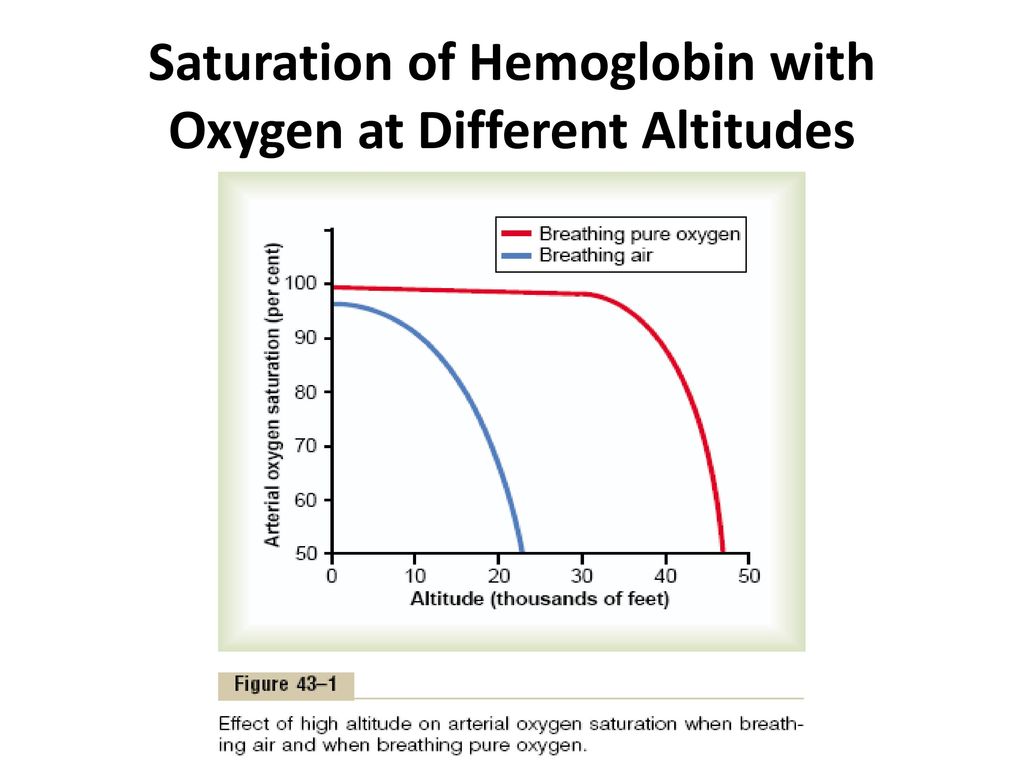 Sprinkle them over salads or in your smoothies; make use of these tiny delights anywhere you’d want to.
Sprinkle them over salads or in your smoothies; make use of these tiny delights anywhere you’d want to.
How to increase haemoglobin: Pumpkin seeds serve about eight milligram of iron
9. Watermelon
Watermelon is one of the best fruits that helps to increase haemoglobin due to its iron and vitamin-C content that makes the iron absorption process better and faster.
How to increase haemoglobin: Watermelon is one of the best fruits that helps increase haemoglobin
Foods containing polyphenols, tannins, phytates and oxalic acid such as tea, coffee, cocoa, soy products, and bran hinder iron absorption in our body. It is best advised to limit the intake of these foods if suffering from low haemoglobin levels. Keep your haemoglobin levels in check; the best way to do so is to ensure a medical test every three months. Stay healthy and take care.
Waiting for response to load. ..
..
Hemoglobin and Functions of Iron | Patient Education
Iron is an essential element for blood production. About 70 percent of your body’s iron is found in the red blood cells of your blood called hemoglobin and in muscle cells called myoglobin. Hemoglobin is essential for transferring oxygen in your blood from the lungs to the tissues. Myoglobin, in muscle cells, accepts, stores, transports and releases oxygen.
About 6 percent of body iron is a component of certain proteins, essential for respiration and energy metabolism, and as a component of enzymes involved in the synthesis of collagen and some neurotransmitters. Iron also is needed for proper immune function.
About 25 percent of the iron in the body is stored as ferritin, found in cells and circulates in the blood. The average adult male has about 1,000 mg of stored iron (enough for about three years), whereas women on average have only about 300 mg (enough for about six months). When iron intake is chronically low, stores can become depleted, decreasing hemoglobin levels.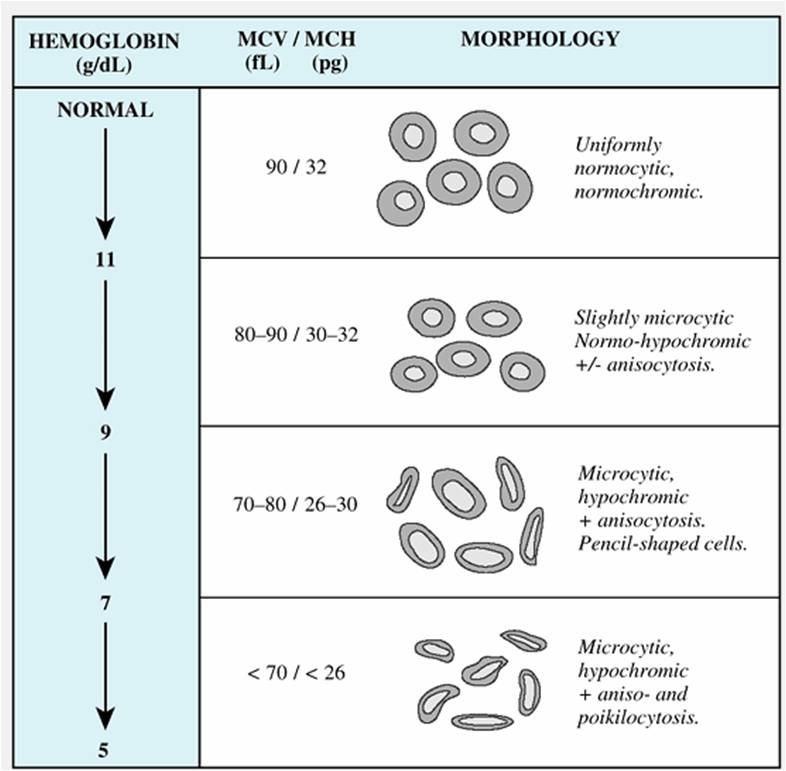
When iron stores are exhausted, the condition is called iron depletion. Further decreases may be called iron-deficient erythropoiesis and still further decreases produce iron deficiency anemia.
Blood loss is the most common cause of iron deficiency. In men and postmenopausal women, iron deficiency is almost always the result of gastrointestinal blood loss. In menstruating women, genitourinary blood loss often accounts for increased iron requirements. Oral contraceptives tend to decrease menstrual blood loss, whereas intrauterine devices tend to increase menstrual bleeding. Other causes of genitourinary bleeding and respiratory tract bleeding also increase iron requirements.
For blood donors, each donation results in the loss of 200 to 250 mg of iron. During periods of growth in infancy, childhood and adolescence, iron requirements may outstrip the supply of iron from diet and stores. Iron loss from tissue growth during pregnancy and from bleeding during delivery and post partum averages 740 mg.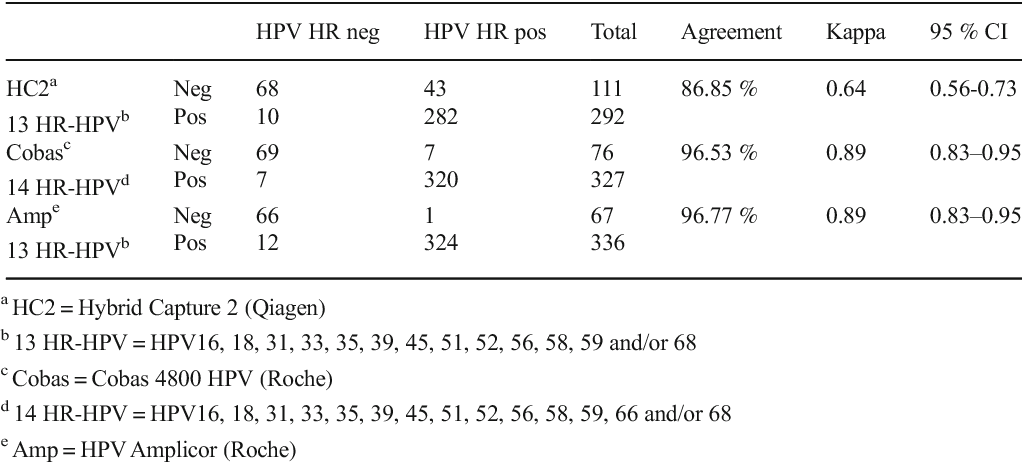 Breastfeeding increases iron requirements by about 0.5 to 1 mg a day.
Breastfeeding increases iron requirements by about 0.5 to 1 mg a day.
Iron Requirements
Your “iron level” is checked before each blood donation to determine if it is safe for you to give blood. Iron is not made in the body and must be absorbed from what you eat. The adult minimum daily requirement of iron is 1.8 mg. Only about 10 to 30 percent of the iron you consume is absorbed and used by the body.
The daily requirement of iron can be achieved by taking iron supplements. Ferrous sulfate 325 mg, taken orally once a day, and by eating foods high in iron. Foods high in vitamin C also are recommended because vitamin C helps your body absorb iron. Cooking in iron pots can add up to 80 percent more iron to your foods. Consult with your primary care provider before taking iron supplements.
Continue reading
Some foods rich in iron include:
Meat and Poultry
- Lean beef
- Veal
- Pork
- Lamb
- Chicken
- Turkey
- Liver (except fish liver)
Seafood
Vegetables
- Greens, all kinds
- Tofu
- Broccoli
- Sweet Peas
- Brussel Sprouts
- Kale
- Bean Sprouts
- Tomatoes
- Lima Beans
- Potatoes
- Green Beans
- Corn
- Beets
- Cabbage
Leukocytosis and alteration of hemoglobin level in patients with severe COVID‐19: Association of leukocytosis with mortality – Sayad – 2020 – Health Science Reports
Dear Editors
The severe acute respiratory syndrome coronavirus 2 (SARS-CoV-2) is responsible for coronavirus disease 2019 (COVID-19). The clinical characteristics of COVID-19 pandemic announced by the World Health Organization (WHO) in March 20201 may be presented by a severe form of pneumonia in some patients (10%-15%) which might progress toward acute respiratory distress syndrome, multi-organ failure and death.2 The clinical laboratory provides important information related to the COVID-19 diagnosis, prognosis, and response to therapy.3 In severely affected patients with COVID-19, leukocytosis was more prevalent as it was observed in11.4% severe COVID-19 patients compared to 4.8% in patients with mild to moderate disease.3
The clinical characteristics of COVID-19 pandemic announced by the World Health Organization (WHO) in March 20201 may be presented by a severe form of pneumonia in some patients (10%-15%) which might progress toward acute respiratory distress syndrome, multi-organ failure and death.2 The clinical laboratory provides important information related to the COVID-19 diagnosis, prognosis, and response to therapy.3 In severely affected patients with COVID-19, leukocytosis was more prevalent as it was observed in11.4% severe COVID-19 patients compared to 4.8% in patients with mild to moderate disease.3
For the first time we report white blood cells (WBCs) count and hemoglobin (Hb) level among patients with severe COVID-19 from Iran (Table 1). The Farabi Hospital of Kermanshah University of Medical Sciences, Kermanshah, Iran as the second referral center of COVID-19 in Kermanshah Province, with a population around 2 000 000, started the admission of COVID-19 patients from March 7, 2020. A total number of 3574 individuals referred to the emergency unit of this hospital from March 7 to May 12, 2020 that among them 537 individuals were hospitalized due to COVID-19 infection according to the chest CT scan and/or real time polymerase chain reaction. Seventy-four severely affected patients (44 males and 30 females) were admitted to the intensive care unit (ICU) of the hospital. The mean age of all ICU admitted patients was 65.1 ± 17.1 years (23-90 years), with the mean age of 61.4 ± 18.5 years (23-90 years) in men and the mean age of 70.5 ± 13.2 years (39-89 years) in women (Table 1).
A total number of 3574 individuals referred to the emergency unit of this hospital from March 7 to May 12, 2020 that among them 537 individuals were hospitalized due to COVID-19 infection according to the chest CT scan and/or real time polymerase chain reaction. Seventy-four severely affected patients (44 males and 30 females) were admitted to the intensive care unit (ICU) of the hospital. The mean age of all ICU admitted patients was 65.1 ± 17.1 years (23-90 years), with the mean age of 61.4 ± 18.5 years (23-90 years) in men and the mean age of 70.5 ± 13.2 years (39-89 years) in women (Table 1).
Table 1.
Age, hemoglobin (Hb) level, and white blood cells (WBCs) count in severe patients with COVID-19
| Variable | All patients n = 74 | Survivors (n = 35) Mean ± SD | Non-survivors (n = 39) Mean ± SD, P | Patients did not require intubation n = 48 Mean ± SD | Patients required intubation n = 26 Mean ± SD, P | Patients without comorbidities (n = 23) Mean ± SD | Patients with comorbidities (n = 51) Mean ± SD, P |
|---|---|---|---|---|---|---|---|
Age (Years) Males (n = 44) Female (n = 30) | 65. 61.4 ± 18.5 (23-90) 70.5 ± 13.2 (39–89) | 63.6 ± 18.7 58.2 ± 19.4 71.8 ± 14.6 | 66.5 ± 15.5, 0.48 64.4 ± 17.5, 0.27 69.3 ± 12.4, 0.62 | 63.7 ± 18.8 58.5 ± 19.4 73 ± 13.8 | 67.9 ± 12.8, 0.25 68.8 ± 13.9, 0.06 67.2 ± 12.3, 0.23 | 55. 52.8 ± 15 61.8 ± 18 | 69.4 ± 15.8, 0.001 66.5 ± 18.7, 0.012 72.6 ± 11.3, 0.2 |
WBCs ×103/μL Males Females | 9.1 ± 4.9 (1-24.8) 8.9 ± 4.9 (1-23.7) 9.4 ± 5 (1.6-24.8) | 7.6 ± 3.5 7.7 ± 4 7.3 ± 2.7 | 10.5 ± 5. 10.1 ± 5.4, 0.1 11.1 ± 5.9, 0.03 | 8.3 ± 4.1 8.6 ± 4.7 7.8 ± 2.6 | 10.5 ± 6, 0.098 9.7 ± 5.4, 0.51 11.3 ± 6.6, 0.09 | 8.2 ± 4.8 8.7 ± 5 6.7 ± 4.2 | 9.5 ± 4.9, 0.27 9.1 ± 4.9, 0.8 10 ± 5, 0.12 |
Hb (g/L) Males Females | 140. 143.1 ± 23.5 (75-205) 136.1 ± 25.3 (98-200) | 139.3 ± 22.9 141.4 ± 21.1 136.4 ± 25.9 | 141.1 ± 25.8, 0.75 144.8 ± 25.9, 0.63 135.9 ± 25.8, 0.96 | 141.8 ± 25.1 145.6 ± 24.6 135 ± 25 | 137.3 ± 23, 0.44 137.2 ± 20.3, 0.25 137.5 ± 26, 0.79 | 137. 142 ± 16.4 125.3 ± 23.1 | 141.4 ± 26.4, 0.49 143.8 ± 27.3, 0.78 138.8 ± 25.6, 0.24 |
Among all severely affected patients the mean WBCs count was 9.1 ± 4.9×109/L (8.9 ± 4.9 × 109/L in males and 9.4 ± 5 × 109/L in females). In survivors the WBCs count was 7.6 ± 3.5 × 109/L compared to 10.5 ± 5.6 × 109/L (P = .008) in non-survivors. Comparing survivors with non-survivors indicated among non-survivors 16 out of 39 patients (41%) had WBCs count upper normal range (>11 × 109/L). However, only 4 out of 35 (11.4%) survived patients had WBCs count more than 11 × 109/L (χ2 = 8. 2, P = .004, OR = 1.16 (CI 1.03-1.3, P = .015). Also, the WBCs count was 10.5 ± 6 × 109/L in patients required intubation compared to 8.3 ± 4.1 × 109/L (P = .098) in those patients did not require intubation. Furthermore, higher WBCs count was detected in patients with comorbidities (hypertension, diabetes mellitus, coronary artery disease, cancer, renal transplantation, chronic obstructive pulmonary disease, and osteomyelitis) than those without comorbidities (9.5 ± 4.9 vs 8.2 ± 4.8 × 109/L, P = 0.27; Table 1). There were seven patients with leukopenia (1-3.8 × 109/L) that four of them (57.1%) died.
2, P = .004, OR = 1.16 (CI 1.03-1.3, P = .015). Also, the WBCs count was 10.5 ± 6 × 109/L in patients required intubation compared to 8.3 ± 4.1 × 109/L (P = .098) in those patients did not require intubation. Furthermore, higher WBCs count was detected in patients with comorbidities (hypertension, diabetes mellitus, coronary artery disease, cancer, renal transplantation, chronic obstructive pulmonary disease, and osteomyelitis) than those without comorbidities (9.5 ± 4.9 vs 8.2 ± 4.8 × 109/L, P = 0.27; Table 1). There were seven patients with leukopenia (1-3.8 × 109/L) that four of them (57.1%) died.
The mean level of Hb was 140.2 ± 24.3 g/L (75-205 g/L) in all patients. In men the mean level of Hb was 143.1 ± 23.5 g/L (75-205 g/L) and in women was 136.1 ± 25.3 g/L (98-200 g/L). The mean Hb level in 35 survived patients was 139.3 ± 22.9, and in 39 non-survived patients was 141.1 ± 25.8 g/L (P = . 75). There were 51 patients (68.9%) with comorbidities and the mean Hb level of 141.4 ± 26.4 g/L compared to 23 patients (31.1%) without comorbidities and the Hb level 137.6 ± 19.3 g/L (P = .49). Among patients 26 out of 74 (35.1%) required tracheal intubation with the mean Hb level 137.3 ± 23 g/L compared to the mean level of 141.8 ± 25.1 g/L in 48 patients who did not require intubation (P = .44; Table 1). There were 12 patients with low level of Hb (75-115 g/L) that 5 of them (41.7%) died. Thirteen (59.1%) out of 22 patients with high levels of Hb (150-205 g/L) died. Among studied patients only there was a severely anemic man (Hb 75 g/L) who required tracheal intubation that died after 3 days hospitalization. Among 40 patients with the normal Hb levels (116-148 g/L) the rate of death was 52.5% (21 out of 40). There were 50 patients <60 years with WBCs count 8.8 ± 4.7 × 109/L compared to 9.1 ± 4.9 × 109/L in patients ≥60 years (P = .81). The Hb level in patients <60 years was 148 ± 22.
75). There were 51 patients (68.9%) with comorbidities and the mean Hb level of 141.4 ± 26.4 g/L compared to 23 patients (31.1%) without comorbidities and the Hb level 137.6 ± 19.3 g/L (P = .49). Among patients 26 out of 74 (35.1%) required tracheal intubation with the mean Hb level 137.3 ± 23 g/L compared to the mean level of 141.8 ± 25.1 g/L in 48 patients who did not require intubation (P = .44; Table 1). There were 12 patients with low level of Hb (75-115 g/L) that 5 of them (41.7%) died. Thirteen (59.1%) out of 22 patients with high levels of Hb (150-205 g/L) died. Among studied patients only there was a severely anemic man (Hb 75 g/L) who required tracheal intubation that died after 3 days hospitalization. Among 40 patients with the normal Hb levels (116-148 g/L) the rate of death was 52.5% (21 out of 40). There were 50 patients <60 years with WBCs count 8.8 ± 4.7 × 109/L compared to 9.1 ± 4.9 × 109/L in patients ≥60 years (P = .81). The Hb level in patients <60 years was 148 ± 22.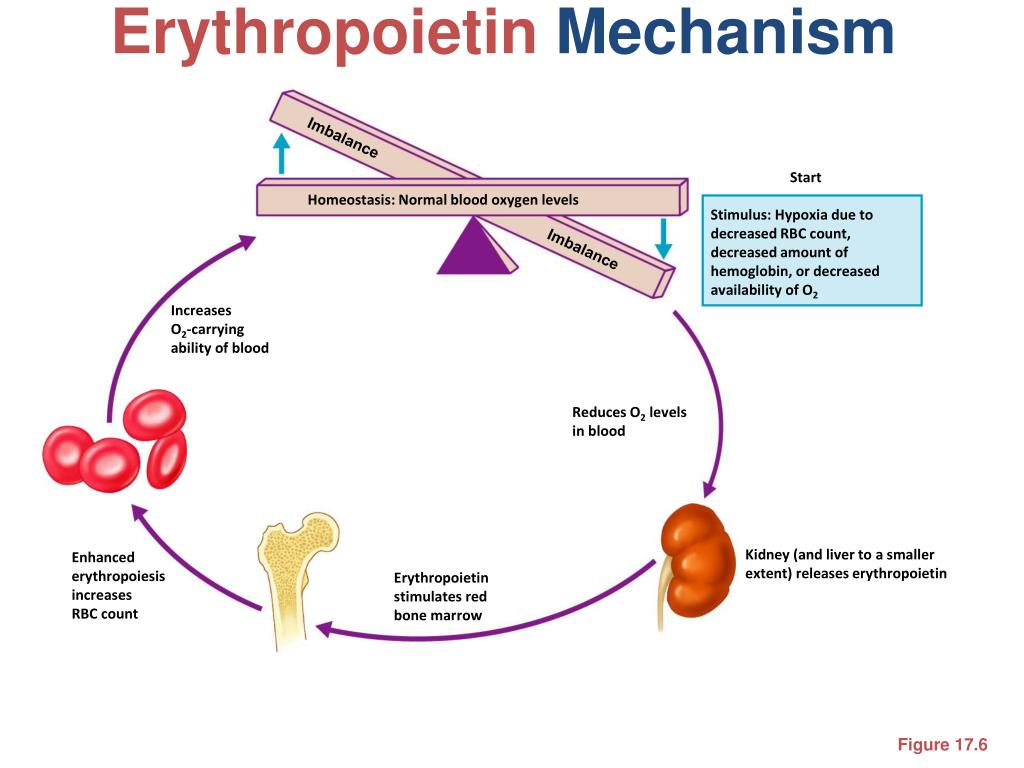 6 g/L compared to 136.8 ± 24.7 g/L in patients ≥60 years (P = .059).
6 g/L compared to 136.8 ± 24.7 g/L in patients ≥60 years (P = .059).
Related to the alteration of Hb level in patients infected with SARS-CoV-2 there are few studies that were subjected a meta-analysis. In three out of four studies, the Hb level in severe COVID-19 patients was significantly lower than those with milder forms. The meta-analysis, included 1210 COVID-19 patients that among them 224 were with severe disease (18.5%), suggested that in severe COVID-19 patients compared to milder forms of the disease, Hb levels essentially decreased that needs clinical studies to investigate the effectiveness of blood transfusion support in prevention of progress to severe disease and death.2 Also, in a study consisted of nine severe ICU admitted Chinese patients with COVID-19 the lower level of Hb [112 g/L (106-130.5 g/L)] was detected compared to 18 severe non-ICU patients [134.5 g/L (114.8-144 g/L)] (P = .054).4 However, an artificial intelligence framework that has been developed according to dataset from 53 hospitalized patients (case series) in two hospitals of China predicted the clinical severity of COVID-19 and later development of ARSD in patients with mild initial presentations.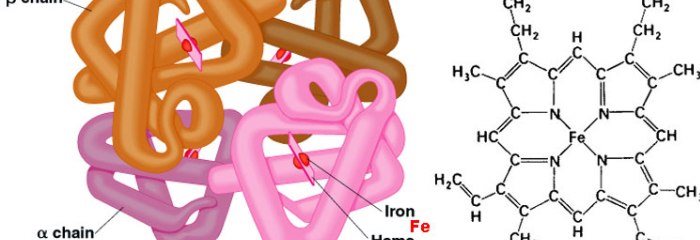 In their model, higher Hb levels were associated with poorer outcomes. According to this predictive model mild increased alanine aminotransferase, the presence of myalgias, and elevated hemoglobin level are the most predictive features with an accuracy of 70% to 80% in predicting the severity of disease and development of ARSD.5
In their model, higher Hb levels were associated with poorer outcomes. According to this predictive model mild increased alanine aminotransferase, the presence of myalgias, and elevated hemoglobin level are the most predictive features with an accuracy of 70% to 80% in predicting the severity of disease and development of ARSD.5
Among patients with COVID-19 from Kermanshah Province the mortality rate was grater in individuals with higher Hb levels. However, the level of Hb was lower in patients required tracheal intubation compared to patients did not require intubation.
In summary, our study indicated a significant association between leukocytosis and the rate of mortality in patients with COVID-19. Also, our findings indicated the higher rate of mortality among COVID-19 patients with higher Hb level. However, lower Hb level was detected in patients required tracheal intubation that its mechanism needs to be elucidated.
CONFLICT OF INTEREST
The authors declare they have no conflict of interest.
AUTHOR CONTRIBUTIONS
Visualization, Writing-Review and Editing: Babak Sayad
Methodology and Formal Analysis: Zeinab Mohseni Afshar
Investigation and Editing: Feizollah Mansouri
Validation and Writing-Original Draft Preparation: Zohreh Rahimi
All authors have read and approved the final version of the manuscript.
Zohreh Rahimi (corresponding author) had full access to all of the data in this study and takes complete responsibility for the integrity of the data and the accuracy of the data analysis.
*Neonatal reference values for ionized calcium; “Scand. J Lab Invest”. 1987, 47: 111-117.
| ||||
90,000 Low hemoglobin can be a sign of cancer or stomach ulcers – Rossiyskaya Gazeta
For the normal functioning of the human immune system, iron is needed. Lack of this trace element can lead to problems with potency in men and disrupt the menstrual cycle in women. Low hemoglobin levels can warn of other serious illnesses.
Signs of a lack of iron in the body can manifest itself in a lack of energy, depression, hair loss and dry skin, drowsiness and irritability.However, in order to determine the real anemia and make up for the iron deficiency, it is necessary to conduct a detailed blood test.
“If a man’s hemoglobin is reduced even slightly, say, to 120-110 g / l of blood, then this is already a red flag. Even if he does not feel fatigue and does not have other symptoms of anemia,” aif said .ru head of the Center for the formation of a healthy lifestyle Irina Dobretsova. For a man, the norm of hemoglobin is 130-160 g / l of blood, for a woman – 120-140 g / l. Decreased hemoglobin may indicate the presence of a polyp, stomach ulcers, erosion, and even incipient cancer of the intestine or stomach.
Vegetarians and lovers of strict diets, adolescents during hormonal changes in the body, children-athletes who do not take additional vitamin and mineral complexes are at risk. If pregnant women do not take special multivitamins, then they also run the risk of developing anemia.
The doctor reminds you that you should not buy drugs for replenishing hemoglobin and ferritin reserves on your own at the pharmacy. They are prescribed only by doctors. In addition, the effect of drugs begins only from six months and therefore the course of treatment should not be interrupted.
By the way
It is important to remember that preparations containing iron cannot be combined with dairy products. It is also undesirable to drink iron-containing preparations with black tea. But an excellent result will give orange juice, which helps the absorption of iron. Lean red meat (beef and lamb), liver, pomegranate, seaweed and pumpkin seeds will help restore trace elements.
“Hemoglobin is the norm in women by age, table with decoding” – Yandex.Kew
Hemoglobin is an essential component of red blood cells. Its main function is the capture and long-distance transport of molecular oxygen. Without hemoglobin, oxygen saturation of the body is impossible.
However, an excess or deficiency of hemoglobin is equally dangerous for humans. Let’s figure out why the hemoglobin rate in the blood in women is different from that of men, how iron deficiency anemia is dangerous and how to correct this pathological condition.
Contents
Hemoglobin is the norm in women by age Table and explanations
When selecting reference values for iron-containing protein, the patient’s age must be taken into account. Isolated data on hemoglobin are not enough for a complete diagnosis. They should be used in combination with indications of other laboratory and instrumental research methods.
The table shows the norm of hemoglobin in the blood of women before and after 50 years.The presented numerical values should not be used for self-diagnosis and treatment selection, since they are presented solely for informational purposes.
| Age | Normal values, g / l |
| Newborns in the first 2 weeks | 130 – 215 |
| From 2 weeks to 1 month | 110 – 180 |
| From 1 to 2 months | 95 – 140 |
| From 2 to 4 months | 100 – 144 |
| From 4 months to half a year | 110 – 139 |
| Half a year to 1 year | 117 – 141 |
| 1-5 Years | 112 – 146 |
| 5-10 Years | 117 – 150 |
| 10-15 Years | 115 – 147 |
| 15-18 | 120 – 155 |
| 15-40 years | 114 – 163 |
| 40-60 | 116 – 171 |
| Over 60 | 119 – 163 |
The norm of hemoglobin in women after 40 years begins to increase.This is due to the period of premenopause, when a woman’s body prepares for menopause. The work of the endocrine system changes: the secretion of female sex hormones decreases, and the secretion of male sex hormones increases. Menstrual blood loss becomes irregular or disappears altogether.
Normal hemoglobin in a woman during pregnancy is in the range from 100 to 135 g / l. If the study was carried out during the period of menstruation, then the norm for an adult woman is in the range of values from 110 to 123 g / l.
Slight increases from the permissible values are observed in women who are professionally involved in sports – up to 165 g / l. In women who smoke, the indicator reaches values up to 150 g / l. If the results of the analysis reveal values that exceed these figures, then you should immediately diagnose and establish the cause of the deviation of hemoglobin from the norm.
Low blood iron levels with normal hemoglobin
Iron deficiency affects 20% of the world’s population.On the territory of Russia, iron deficiency is diagnosed in 80% of residents.
If a person has an iron deficiency with normal hemoglobin, then in this case they speak of latent anemia. In other words, his body does not assimilate the required amount of iron ions, however, true anemia has not yet manifested. If this condition is detected at an early stage and a competent treatment is selected, then the patient recovers without consequences for the body.
In the case when therapy is not carried out, true iron deficiency anemia develops.The disease is characterized by the following stages:
- mild, when the hemoglobin content in the blood decreases to 90 – 112 g / l. Clinical symptoms are absent or mild;
- average, at which the hemoglobin level drops to 70 – 90 g / l;
- severe – hemoglobin in the blood less than 70 g / l.
Symptoms of anemia appear:
- pallor and dryness of the skin;
- weakness;
- decreased performance;
- drowsiness;
- desire to eat chalk, raw meat, earth, etc.etc .;
- memory loss;
- shortness of breath;
- hair loss;
- brittle nails;
- tachycardia and arrhythmia;
- muscle pain;
- lethargy;
- yellowness of the sclera and mucous membranes;
- fatigue, etc.
Why does hemoglobin decrease?
The norm of hemoglobin in adult women changes against the background of diseases of the blood and internal organs, as well as when leading an unhealthy lifestyle.Risk factors include:
- emotional stress and overexertion, which are often accompanied by a deterioration in appetite. At the same time, a woman does not receive the required amount of macro- and microelements, especially iron ions;
- unbalanced diet. Mono-diets, when a single food product is included in the diet, are especially dangerous for the female body. Not a single product is able to fully satisfy the body’s need for nutritional components.Vegetarians should be singled out separately, since animal meat is the main source of iron ions. The iron contained in vegetables cannot be fully absorbed by the human body;
- loss of blood in large volumes, for example, during surgery, after trauma, childbirth or heavy menstrual bleeding;
- pathologies of the organs of the endocrine system, since hormones control the process of full absorption of iron and its deposition in the female body;
- acute intoxication and poisoning;
- diseases of an infectious or autoimmune nature, contributing to the intensification of the process of destruction of erythrocytes, along with which the iron-containing protein breaks down.
Correction of hemoglobin for women
To restore the normal hemoglobin content in the blood, a woman is advised to pay primary attention to her nutrition. The diet should be dominated by red meat and offal, as well as eggs and dried fruits. Coffee and tea are replaced with pomegranate or apple juice.
With a combined lack of vitamins, the doctor selects vitamin and mineral complexes that help to restore the process of assimilation of iron ions.
The question of prescribing iron-containing drugs is decided exclusively by the attending physician. Preference is given to drugs with prolonged exposure, for example, sorbifer ® or tardiferon ® . The initial dosage exceeds the daily requirement for iron, however, during the course of treatment, a gradual dose reduction occurs.
For pregnant women with low hemoglobin, medium dosage ferrous sulfate preparations are indicated. It is allowed to continue taking it after childbirth during lactation in the absence of side symptoms in the newborn baby, for example, diarrhea.
Why is the hemoglobin rate in women different from men?
The level of hemoglobin in the blood of women is lower than that of the stronger sex. This fact is explained by the fact that the content of male sex hormones in women is minimized. They, especially testosterone, have a strong effect on the process of hematopoiesis. The hemoglobin content also decreases due to monthly menstrual blood loss.
The value of the indicator is determined by the age of the patient, her lifestyle and the presence of chronic diseases.Peak concentrations of iron-containing protein are found in newborn babies. However, in the first year of life, its value gradually decreases. After puberty, hemoglobin levels begin to rise. The physiological norm is a decrease in iron-containing protein during pregnancy and after menopause.
How do I prepare for the study?
For the analysis, it is permissible to take venous or capillary blood (indicators from a vein are more accurate).
Preparation for taking biomaterial is the same as for standard analysis. At least 8 hours should elapse between the visit to the laboratory and the last meal. The water can be drunk in unlimited quantities.
One of the most important rules of preparation is to avoid physical and emotional stress in 24 hours. Better to refuse from baths, saunas, hot baths and sports training.
2 – 3 hours before venipuncture it is not recommended to drink coffee or tea or smoke.
conclusions
To summarize, important points should be emphasized:
- The norm of hemoglobin in a person is determined by his diet and lifestyle. Improper diet, emotional stress and concomitant pathologies lead to a lack of hemoglobin;
- Hemoglobin is of decisive importance for the process of transferring oxygen and saturating tissues with it;
- in case of deviation from the norm, it is recommended to repeat the study for confirmation.Since a single deviation may occur due to the patient’s incorrect preanalytical preparation for analysis;
- A decrease in hemoglobin during pregnancy and during menstrual blood loss is a physiological norm. However, the value of the indicator should not be less than 110 g / l;
- A decrease in hemoglobin in the blood is observed in iron deficiency anemia. The severe form of the disease is life-threatening for the patient. In the early stages, the pathology proceeds without the manifestation of pronounced clinical signs, therefore, annual monitoring and a general blood test is extremely important for every woman.
And also: All about hemoglobin in pregnant women by trimester
Material provided
medseen.ru
Anemia detection and hemoglobin level assessment using smartphone camera
Anemia – a decrease in the level of hemoglobin in the blood – is a widespread pathology affecting more than a quarter of the world’s population. Anemia is a significant risk factor for morbidity and mortality, especially among vulnerable populations such as children, the elderly and patients with chronic diseases.A general blood test is used as the gold standard for diagnosing anemia, which requires venipuncture, specialists in laboratory diagnostics, special equipment and chemical reagents. As you know, on physical examination, pallor of the conjunctiva can be a sign of severe anemia. However, the sensitivity of this subjective method is highly dependent on the experience of the clinician. The use of non-invasive methods to detect anemia opens the door to widespread screening, early diagnosis and treatment, especially in resource-limited settings where access to health care is limited.
Non-invasive assessment of hemoglobin concentration is quite possible due to its biochemical structure. Hemoglobin is a chromophore, which makes it possible to assess its level using spectroscopic methods. This property has led to the development of various devices capable of measuring hemoglobin levels using transdermal, retinal, and mucosal spectroscopy or photographic imaging. The conjunctiva of the eyelids is a mucocutaneous surface with a rich blood supply and a minimum amount of connective tissue.In addition to the absence of other chromophores such as bilirubin, melanin, melanin, this anatomical region lacks the epidermis and subcutaneous fat that could interfere with the passage of light. As part of this study, a non-invasive method for measuring hemoglobin concentration is being developed using digital images of the conjunctiva of the eyeball obtained using a smartphone. This procedure does not require specific skills; the user is only required to take high-quality photographs of the inner part of the lower eyelid of the eye with a minimum amount of shadows, glare and movements.Subsequent quick, real-time calculations provide a numerical value for the hemoglobin concentration.
The purpose of this study was to develop a special algorithm for determining the hemoglobin concentration by photographing the conjunctiva of the eye on a smartphone.
Materials and methods. This prospective, randomized study was conducted among patients in the emergency department of a university hospital.As part of the 1st phase of the study, images of the conjunctiva of 142 patients were obtained using a smartphone to develop an algorithm. In each photograph, an area of high interest was selected, representing the conjunctiva of the lower eyelid. The parameters obtained from the images were then used in stepwise regression analysis to develop a model of the estimated hemoglobin level. As part of the Phase 2 study, a previously built model was tested on a new 202 patients from the emergency department.The final model, based on data from all 344 patients, was tested for accuracy in determining the thresholds for assessing the severity of anemia and the need for blood transfusion. Participants’ hemoglobin levels ranged from 4.7 to 19.6 g / dL (mean 12.5 g / dL).
Results. Within the framework of the 1st phase of the study, the accuracy, sensitivity and specificity of the hemoglobin level calculated by the algorithm for assessing the severity of anemia were 82.9 [79.3, 86.4], 90.7 [87.0, 94.4], and 73.3 [67.1, 79.5], respectively. In the second phase, accuracy, sensitivity and specificity decreased to 72.6 [71.4, 73.8], 72.8 [71, 74.6], and 72.5 [70.8, 74.1], respectively. The precision for low (<7 g / dl) and high (<9 g / dl) cut-off values for determining the need for blood transfusion was 94.4 [93.7, 95] and 86 [85, 86.9], respectively.
Conclusion. The authors invented a method for assessing the concentration of hemoglobin using images of the conjunctiva obtained using a smartphone.The results of the study demonstrated that the assessment of hemoglobin levels by this method can be used as a tool for screening anemia and assessing threshold values for blood transfusion. In addition, improved image quality and computational corrections can improve the estimate of hemoglobin levels. In the future, it is necessary to create a standalone application on a smartphone for both ordinary users and medical personnel.
Source
90,000 How to raise hemoglobin in a child – blog of the ON Clinic medical center
Hemoglobin is a protein that contains iron and carries oxygen from the lungs to the organs.A pathology in which the hemoglobin level falls below normal is called anemia.
Anemia is accompanied by weakness, headaches, tinnitus, decreased appetite and sleep disturbance. The most vulnerable category of patients with anemia is children of early and school age. Schoolchildren get tired quickly, learn more slowly and remember less information, do not get enough sleep and become irritable. With severe anemia, dystrophic changes occur in the heart muscle – this leads to disruption of the heart and circulatory failure.
The hemoglobin level can be raised with drugs and food. However, the choice of treatment depends on the type of anemia and its cause. In this article we will answer the questions: what is the norm of hemoglobin in children, why it decreases, which foods contain and how to prevent anemia in children.
Hemoglobin – what is the norm for a child
Each blood indicator has a norm, including hemoglobin. The World Health Organization gives the following norms for hemoglobin in children:
- newborn babies up to 2 weeks of age – not less than 150 g / l;
- children from 2 to 4 weeks of age – 120 g / l and above;
- children aged 6 to 59 months – 110-140 g / l;
- children aged 5 to 11 years – 115-140 g / l;
- children from 12 to 14 years old – 120-150 g / l;
- children and adults over 15 years old – 130-160 g / l.
Anything below is considered mild anemia (below normal, but above 90 g / l), moderate (70-90 g / l) or severe (below 70 g / l) severity. Each of the three degrees of severity has its own symptoms and treatment tactics.
Why the child has low hemoglobin
The reasons for the decrease in the hemoglobin level in children: blood loss, insufficient blood production in the bone marrow and increased destruction of red blood cells.
Causes of low hemoglobin level :
- malignant (cancerous) tumors;
- anemia due to vitamin deficiency;
- iron deficiency anemia;
- aplastic anemia;
- cirrhosis of the liver;
- Hodgkin’s lymphoma;
- hypothyroidism;
- chronic kidney disease.
The first reason is blood loss. It can be acute and chronic. Usually, the hemoglobin level decreases several hours after the onset of blood loss. Chronic blood loss leads to anemia when there is not enough iron in the body to produce new red blood cells. Examples of blood loss: gastrointestinal bleeding from ulcers, bowel or kidney cancer, bone fractures, recent surgery, heavy menstruation in adolescent girls.
The second reason is low blood production (erythropoiesis insufficiency). In this case, a decrease in hemoglobin level is caused by infections, hereditary pathologies, kidney diseases, copper and folic acid deficiency, vitamin B1 deficiency and malabsorption.
In addition, erythropoiesis insufficiency occurs in myelofibrosis and osteomyelosclerosis. Myelofibrosis is a pathology in which fibrous tissue gradually replaces hematopoietic tissue in the bone marrow. Osteomyelosclerosis is the replacement of hematopoietic connective tissue.These disorders usually occur in cancers: lymphoma, multiple myeloma, chronic myelogenous leukemia.
The third reason is the increased destruction of red blood cells. It happens with pathological enlargement of the spleen, taking certain medications (quinine, quinidine, penicillin, ticlopidine), hemolytic uremic syndrome, Epstein-Barr viral infection (human herpesvirus type 4), malaria, botulism, tetanus, congenital heart valve defects, spider bites , insufficient level of phosphate in the blood.
Other reasons for a decrease in the level of hemoglobin in the blood:
- inflammatory diseases of the small and large intestine;
- insufficient intake of iron in the child’s body;
- chronic kidney disease;
- prematurity of the child;
- late or early cord ligation;
- giardiasis – a parasitic bowel disease;
- Helicobacter pylori infection and atrophic gastritis.
There are groups and risk factors that can lead to low hemoglobin levels and the most common type of anemia – iron deficiency:
- if the baby was born with low birth weight;
- children born from multiple pregnancies;
- children who did not receive enough iron through breastfeeding and the use of infant formula;
- children who often carry infectious diseases;
- children with allergies;
- malnutrition, poverty.
A decrease in the level of hemoglobin is not always regarded as a pathology. In children, especially in adolescents, a lot of iron is needed for the development of the body. Due to the rapid growth of a trace element, it may temporarily be insufficient, therefore, the level of hemoglobin in the blood decreases. This is especially true for children and adolescents who are actively involved in sports. They may develop “athlete’s anemia”. When eating foods with a high iron content, the deficiency is eliminated.
How low hemoglobin manifests itself
Symptoms of low hemoglobin levels manifest in different ways.They can be divided into groups of symptoms: asthenic, epithelial, cardiovascular, muscular and secondary immunodeficiency syndrome.
Asthenic symptoms are manifested by increased fatigue, irritability, emotional instability, lethargy, distraction of attention. Children do not sleep well, eat little or do not want to eat at all. Children may complain of tinnitus, dizziness, and headaches.
Epithelial symptoms: children have a pale face, areas of the legs and nails, pale auricles and mucous membrane of the mouth.The skin is dry and often flaky. Hair becomes brittle and may fall out. “Seizures” appear in the corners of the mouth. The child may complain of a burning tongue and dry mouth, difficulty swallowing and nausea.
Cardiovascular symptoms: increased heart rate, rarely shortness of breath. Sometimes the child complains of pain in the region of the heart.
Muscle symptoms: muscles weaken, the child quickly gets tired from simple activities, can involuntarily defecate day and night due to weakness of the sphincter muscle.
The syndrome of secondary immunodeficiency is manifested by the fact that the child often suffers from colds. Often he has otitis media, pneumonia and intestinal infections. Rare symptoms of low hemoglobin levels are an increase in body temperature to 38 0 C, urine with a red tint, swelling on the face.
Low hemoglobin – what to do
If you find the symptoms described above in your child, contact your pediatrician. He will examine the child, listen to heart sounds, give a referral for a general and biochemical blood test, which can confirm a reduced hemoglobin level.After the doctor has diagnosed anemia and identified its cause, the child is prescribed treatment and diet.
Depending on the cause of the anemia, the doctor prescribes different treatments. For example, in case of deficiency anemia (when a sufficient amount of nutrients is not supplied to the body), medications are prescribed to compensate for the deficiency: B vitamins or iron preparations. With B12-deficiency anemia, the doctor prescribes vitamin B12 (cyanocobalamin), and in severe cases, red blood cell transfusion is indicated.For anemia of chronic disease, iron supplements and recombinant erythropoietin are prescribed.
Often, anemic syndrome manifests itself in other diseases, for example, with kidney disease, infections or disorders of the gastrointestinal tract. In this case, the doctor prescribes treatment for the underlying disease, which will restore the level of hemoglobin in the blood.
Foods that increase hemoglobin
Food can increase the level of hemoglobin in iron deficiency anemia.For other types (dyshemopoietic, posthemorrhagic, hemolytic, B12-deficient anemia), specific treatment with drugs, blood transfusion or surgery is required.
List of products that increase hemoglobin:
- tahini halva contains more than 50 mg of iron per 100 g of product. Halva also contains vitamins E, B, phosphorus, zinc and calcium. Some of these substances improve the absorption of iron in the digestive tract;
- meat products: beef, liver, tongue, rabbit meat, veal.The iron content in these products ranges from 5 to 30 mg per 100 g of the product;
- dried mushrooms: they contain up to 30 mg of iron per 100 g of finished product;
- seafood: squid, shrimp, shellfish, caviar, scallops. They contain up to 30 mg of iron per 100 g of the product;
- Wheat bran contains up to 15 mg of iron per 100 g of product;
- seaweed contains up to 12 mg of iron per 100 g of product;
- beets – 30 mg of a trace element per 100 g of product;
- pomegranate – up to 30 mg of iron per 100 g of product.
It is recommended to add to the daily diet foods enriched with cobalt and manganese: squid, tuna, cod, catfish, flounder, pike, oat bran, rice flour. These foods help the iron to be absorbed and accelerate the production of hemoglobin. It is also recommended to add medicinal herbs to food: stinging nettle, three-part series, rosehip infusion, strawberries, mountain ash tea, black currant.
Prevention of hemoglobin deficiency
To prevent a drop in hemoglobin in a newborn baby, a mother in the second and third trimester of pregnancy should take iron supplements in a daily dose of 60 mg.Prevention of hemoglobin deficiency after childbirth is a balanced diet, which should contain a daily dose of iron from 0.5 to 1.2 mg. Talk to your doctor and get personalized measures to prevent anemia.
Article rating:
4.31 out of 5 based on 16 ratings
Ask your question to the pediatrician
ON Clinic
90,000 Iron in the blood. 10 foods that will increase hemoglobin in winter | SOCIETY
Drowsiness, depression, dizziness, weakness in the body … We often see these symptoms in ourselves in winter.Periodically, they occur due to a lack of iron in the blood. What other signs indicate low hemoglobin and what to eat in winter to raise it – in the material “AiF on the Yenisei”.
What is the norm?
“Hemoglobin is a special iron-containing protein in the blood, and its shortage in the winter season can lower immunity, cause weakness, reduce efficiency and attention, increase the risk of ARVI with complications,” says therapist-gastroenterologist Tatyana Mayorova .”But these symptoms can develop into more serious diseases – hepatitis, blood diseases, anemia, tuberculosis, pneumonia and others.”
It is possible to determine the level of hemoglobin by donating blood from a vein at the clinic. Usually the analysis is ready in 3-7 days, the results are announced to the patient by the attending physician. It is not recommended to eat and drink a lot of fluids before donating blood. The indicators will depend on this.
Some people think that low hemoglobin is a temporary circumstance. However, one should approach the analyzes with all responsibility: notice the lack of iron in time and take measures to replenish it.The norm of hemoglobin in men: the lower limit is 120 g / l, the upper one is 160 g / l. In women – 114 g / l and 150 g / l, respectively.
What will increase hemoglobin?
Of course, in the winter season you will not always find fresh vegetables and fruits on store shelves, but there are many products that will very quickly help to raise the level of iron in the blood. Natalia Biletskaya , a healthy nutrition consultant, spoke about the 10 most useful and effective ones.
In winter, eat as much meat and liver as possible.Photo: pixabay.com
1. Halva. Not only is this oriental sweetness good for eyesight and cancer prevention, it also contains a huge amount of iron, which affects hemoglobin levels. For example, tahini halva contains 50 milligrams per 100 grams of product, while sunflower halva contains 33 milligrams. The delicacy is prepared from ground sesame seeds, nuts, sunflower seeds, which in themselves are an excellent source of not only iron, but also vitamins E, B, phosphorus, zinc and calcium.
2. Meat. Everyone knows to eat as much meat as possible in winter. A good piece of steak will energize your half day, and you’ll also have less chill. Most importantly, proteins of animal origin help blood cells to normalize. The diet should always contain beef, rabbit, veal, liver, tongue. To maintain a normal hemoglobin level, 50 grams of meat or offal per day is enough, and to increase it – at least 100 grams per day.
3. Dried mushrooms. Aromatic dried mushroom soup is not only a delicious lunch, but also an excellent way to increase the amount of iron in the body. 100 grams contains at least 30 milligrams of this substance. Only 50 grams per day – and the indicators will return to normal. The quality and safety of mushrooms is another matter. Make sure that they are not collected near roads and railways, near agricultural land and various landfills.
4.Seafood. Shrimp, shellfish, scallops, squid, caviar – seafood contains a wealth of vitamins, including those for maintaining hemoglobin. In stores, you will find mainly frozen foods, but most of the nutrients are preserved in this form.
5. Wheat bran. They contain at least 15 milligrams of iron per 100 grams of the product, as well as B vitamins, which are involved in the synthesis of hemoglobin. Great for breakfast, but don’t get carried away.In order not to earn problems with the digestive system, it is recommended to eat no more than 30 grams of bran per day.
6. Seaweed. Iron contained in cabbage prevents anemia and activates the process of hematopoiesis. For preventive and therapeutic purposes, it is enough to eat 2 teaspoons a day. The most popular and uncomplicated dishes are salads with funchose, boiled eggs, corn, and peas.
7. Beets. Natural juice or beet kvass is very effective.Only you need to use it regularly. To make the drink better absorbed, after preparation it is recommended to keep it in the refrigerator for half an hour. By the way, for taste, you can add apple or carrot juice to it.
8. Garnet. A unique fruit with many beneficial vitamins. You need to drink pomegranate juice regularly, but in small quantities. It is advisable not to buy in a store, but to make it yourself at home and use it fresh. True, you should not get carried away with pomegranate in case of serious stomach problems.In this case, it is better to drink not concentrated juice, but diluted with water.
9. Vitamin mixture of dried fruits and nuts. Raisins, prunes, dried apricots, walnuts are taken in the same quantity, mixed thoroughly. The resulting mixture is scrolled with a meat grinder, supplemented with a small amount of honey. There are six tablespoons a day.
10. Carrot juice. Freshly squeezed carrot juice is effective in raising hemoglobin levels. The body will benefit from 300-400 ml per day.It can be mixed with beet juice and in equal proportions with honey. Just drink not in glasses, but a little three times a day.
90,000 9 factors of stroke or how to avoid a stroke
Stroke is an acute circulatory disturbance of the brain (ACV), leading to damage and death of nerve cells. A stroke occurs when a blood vessel in the brain is either blocked (by a plaque or thrombus) or ruptures, causing some of the nerve cells to die.The body loses one of the functions for which the dead cells were responsible. Paralysis, loss of speech, and other serious disorders can occur. The larger the area of cell death in the brain, the more serious the consequences of a stroke.
To avoid such unpleasant consequences and the stroke itself, you need to pay attention to your health and lifestyle. A stroke does not come to a healthy person, it must be earned by neglecting a healthy lifestyle, thereby becoming a hostage to more and more new diseases that contribute to the approach of CVA.We will tell you about 9 risk factors that can lead to impaired cerebral circulation:
- Hypertension
This disease causes deterioration of the blood vessels. High pressure negatively affects the walls of blood vessels, reducing their flexibility and strength. According to medical statistics, 35 – 73% of stroke patients also suffer from hypertension. - Diabetes
This is the second leading cause of stroke, as diabetes is almost always accompanied by hypertension. - Obesity
Overweight people are automatically at risk for diseases such as diabetes and hypertension. - High cholesterol
Excess cholesterol builds up in the walls of our blood vessels, which can narrow or block them. If a blockage of blood vessels occurs near an area of the brain, it can cut off blood flow to the brain, causing a stroke. - Smoking and alcohol
These bad habits and attachments also affect the state of blood vessels.The vascular walls of smokers are more fragile than those of non-smokers. - High hemoglobin level
If the hemoglobin level is above normal, then there is a high probability of stroke. - Heart disease
Congestive heart failure or valvular heart disease. It is necessary to be registered with a cardiologist to monitor these diseases. - > Medication
It is necessary to tell your doctor about all chronic diseases when prescribing medication.For example, birth control pills are not suitable for people with hypertension. - Age
About 80% of strokes occur in people over 65 years of age, with age having a major impact on stroke outcomes. The increase in the likelihood of developing a stroke in older people is due to age-related changes in the brain.
Try to avoid or reduce the listed factors in your life to a minimum, and you will keep your health for many years.
For more information, please contact the Department of Neurology or call the Call Center at 1719.
Diagnostics of glycosylated hemoglobin (HbA1c) in the diagnostic center named after Vytnova D.I.
Diabetes mellitus (DM), without exaggeration, continues to play one of the most dramatic roles in the history of world medicine.
Timely diagnosis of diabetes mellitus allows for prophylaxis, prevention of the development of diabetes and its complications.
One of the diagnostic methods is to determine the level of glucose in the blood.Since the measured glucose level shows the concentration at the time of blood sampling, it is difficult to draw conclusions about the state of carbohydrate metabolism in the intervals between measurements.
Glycosylated hemoglobin (HbA1c) is an indicator that can give the average level of glucose in the blood for a long time.
Glycosylated hemoglobin (the term “glycated hemoglobin” is also used) is formed as a result of non-enzymatic attachment of glucose to the N-terminal regions of the R-chains of hemoglobin A1 globin and is designated as HbA1c.The HbA1c concentration is directly proportional to the average blood glucose concentration. In healthy people, the concentration of HbA1c in the blood is from 4 to 6%, in patients with diabetes mellitus, its level is 2-3 times higher (depending on the degree of hyperglycemia). The formed HbA1c accumulates inside the erythrocytes and remains during the entire life of the erythrocyte. The half-life of erythrocyte circulation in the bloodstream is 60 days, thus the HbA1c concentration reflects the patient’s glycemic level 60-90 days before the study [5, 6].A large number of studies using traditional glucose measurement methods have confirmed the relationship between HbA1c and a patient’s glycemic level. The results of studies carried out by the GST in the 90s of the last century served as the basis for confirming the hypothesis that the level of HbA1c reflects the level of glucose in the blood and is an effective criterion for monitoring patients with diabetes mellitus.
The HbA1c level is recognized as the gold standard in assessing the glycemic status of patients with diabetes.
Numerous prospective and epidemiological studies indicate improved glycemic control as measured by HbA1c levels.
According to numerous studies, glycated hemoglobin has proven its reliability, demonstrating a correlation with the average values of glycemia, and reflects the average concentration of blood glucose over the previous 2-3 months.
Research carried out in laboratories and at the point of care is accurate and correct when properly controlled and adapted to international standards.
It is believed that random determination of plasma glucose in a clinical setting does not play a special role in the quality treatment of patients with diabetes.
Currently, all diabetic associations use the concept of target values for glycated hemoglobin. Thus, the last target HbA1c value recommended in the ADA / EASD Agreed Algorithm on the basis of practicality and reduction in the development of complications, “in the general population <7%”, with the caveat “for specific patients, HbA1c should be as close to normal as possible (<6 %) without significant hypoglycemia ".
Correspondence of the HbA1c level to the average daily plasma glucose level for three months
| HbA1c,% | Glucose, mmol / L | HbA1c,% | Glucose, mmol / L | HbA1c,% | Glucose, mmol / L |
| 4 | 3.8 | 9.5 | 12.5 | 15 | 21.3 |
| 4.5 | 4.6 | 10 | 13.3 | 15.5 | 22.1 |
| 5 | 5.4 | 10.5 | 14.1 | 16 | 22.9 |
| 5.5 | 6.2 | 11 | 14.9 | 16.5 | 23.7 |
| 6 | 7.0 | 11.5 | 15.7 | 17 | 24.5 |
| 6.5 | 7.8 | 12 | 16.5 | 17.5 | 25.3 |
| 7 | 8.6 | 12.5 | 17.3 | 18 | 26.1 |
| 7.5 | 9.4 | 13 | 18.1 | 18.5 | 26.9 | 8 | 10.2 | 13.5 | 18.9 | 19 | 27.7 |
| 8.5 | 11.0 | 14 | 19.7 | 19.5 | 28.5 |
| 9 | 11.7 | 14.5 | 20.5 | 20 | 29.2 |
DiaLab is pleased to inform you that this study has recently been performed on a high-quality analyzer D10 (Bio Rad) with a reference high-performance liquid chromatography method, which is the gold standard in the quantitative determination of glycosylated hemoglobin.
Rules for taking material:
Before taking blood for this test it is sufficient not to eat for two hours .
Blood sampling is carried out in a test tube with EDTA (lilac cap).
Immediately after taking blood, without shaking, invert the tube 6-8 times (the tube is inverted correctly if the air bubble has moved from one end of the tube to the other).

 html. Accessed March 20, 2020.
html. Accessed March 20, 2020. A multicenter, randomized, controlled clinical trial of transfusion requirements in critical care. Transfusion Requirements in Critical Care Investigators, Canadian Critical Care Trials Group. N Engl J Med. 1999;340:409–417. doi: 10.1056/NEJM199902113400601. [PubMed] [CrossRef] [Google Scholar]
A multicenter, randomized, controlled clinical trial of transfusion requirements in critical care. Transfusion Requirements in Critical Care Investigators, Canadian Critical Care Trials Group. N Engl J Med. 1999;340:409–417. doi: 10.1056/NEJM199902113400601. [PubMed] [CrossRef] [Google Scholar]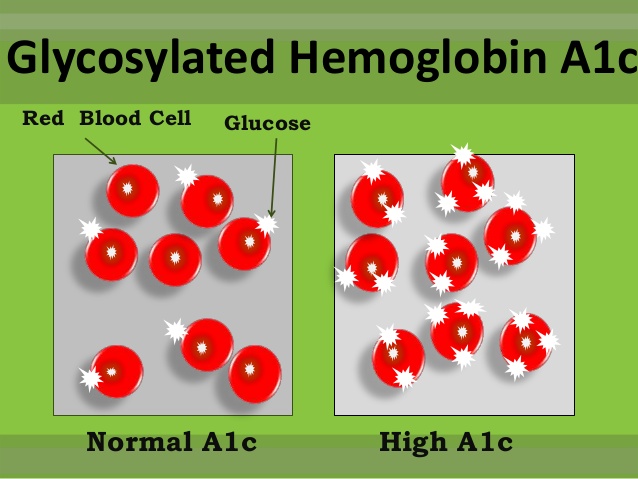 Hematocrit value on intensive care unit entry influences the frequency of Q-wave myocardial infarction after coronary artery bypass grafting. The Institutions of the Multicenter Study of Perioperative Ischemia (McSPI) Research Group. J Thoac Cardiovasc Surg. 1998;116:460–467. [PubMed] [Google Scholar]
Hematocrit value on intensive care unit entry influences the frequency of Q-wave myocardial infarction after coronary artery bypass grafting. The Institutions of the Multicenter Study of Perioperative Ischemia (McSPI) Research Group. J Thoac Cardiovasc Surg. 1998;116:460–467. [PubMed] [Google Scholar]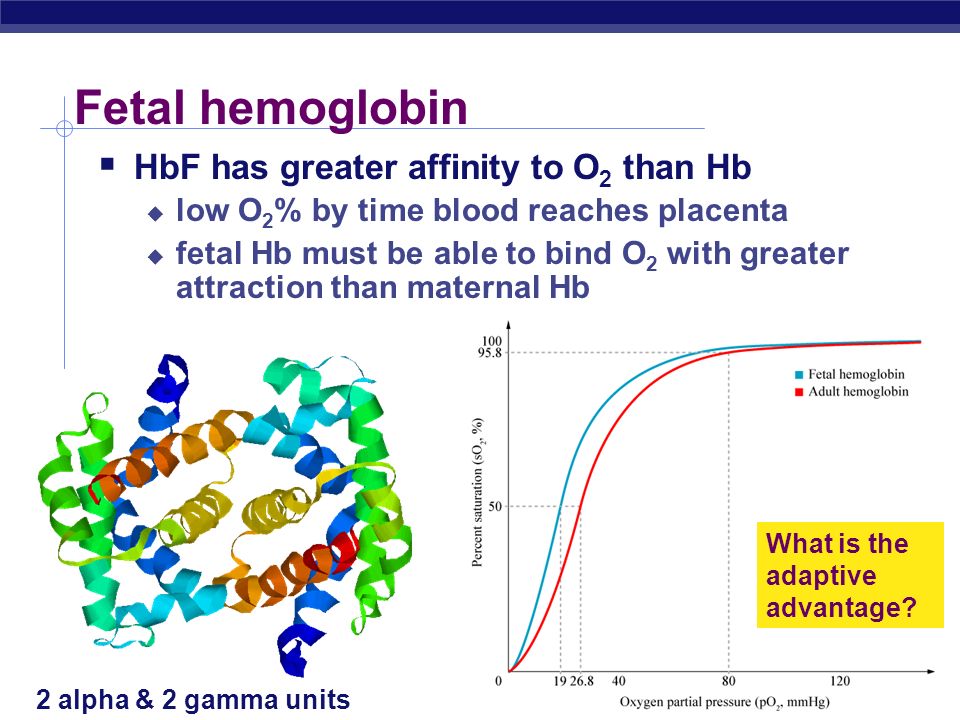 Arch Pathol Lab Med. 1994;118:429–434. [PubMed] [Google Scholar]
Arch Pathol Lab Med. 1994;118:429–434. [PubMed] [Google Scholar]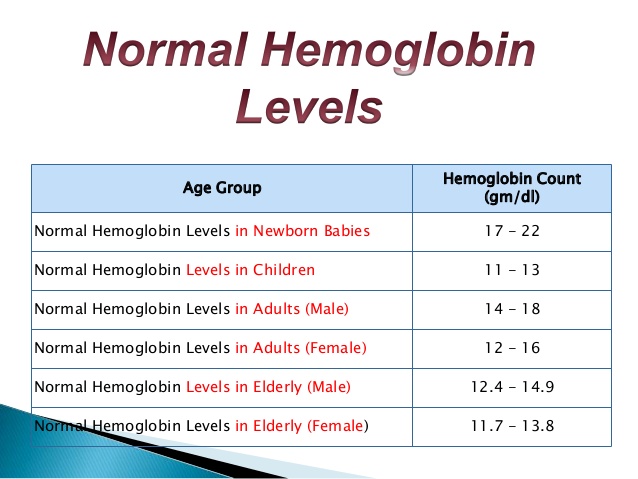 JAMA. 1977;238:1256–1258. doi: 10.1001/jama.238.12.1256. [PubMed] [CrossRef] [Google Scholar]
JAMA. 1977;238:1256–1258. doi: 10.1001/jama.238.12.1256. [PubMed] [CrossRef] [Google Scholar] Anemia and blood transfusion in critically ill patients. JAMA. 2002;288:1499–1507. doi: 10.1001/jama.288.12.1499. [PubMed] [CrossRef] [Google Scholar]
Anemia and blood transfusion in critically ill patients. JAMA. 2002;288:1499–1507. doi: 10.1001/jama.288.12.1499. [PubMed] [CrossRef] [Google Scholar]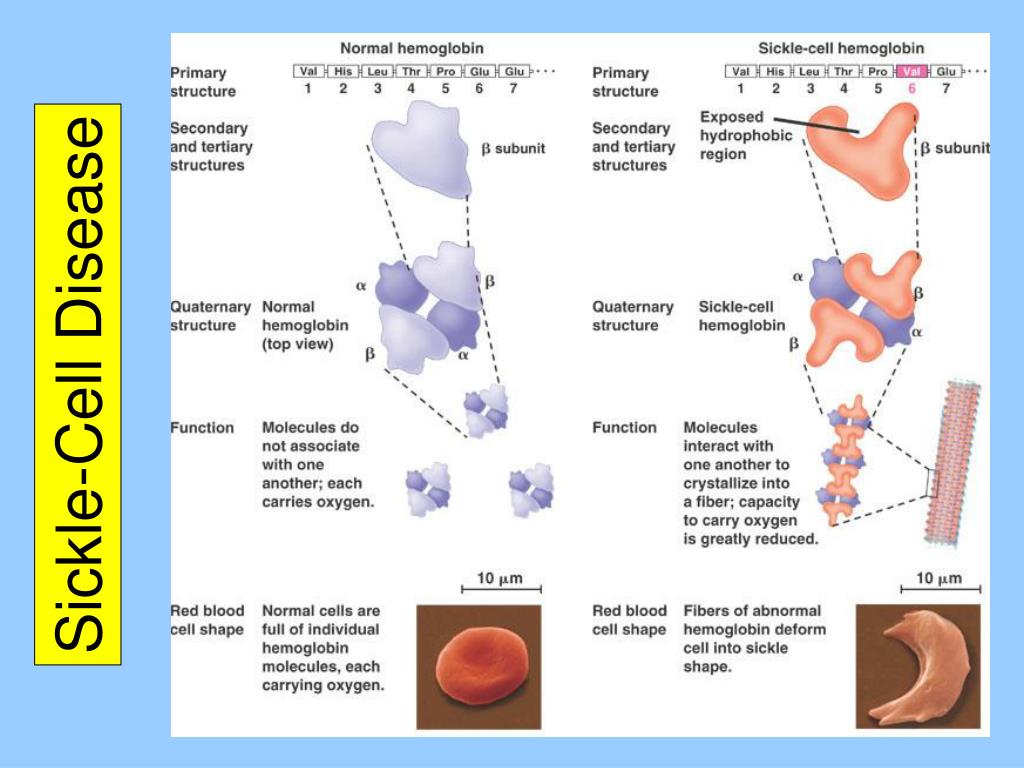 doi: 10.1097/00003246-199803000-00019. [PubMed] [CrossRef] [Google Scholar]
doi: 10.1097/00003246-199803000-00019. [PubMed] [CrossRef] [Google Scholar] N Engl J Med. 1996;335:1713–1720. doi: 10.1056/NEJM199612053352301. [PubMed] [CrossRef] [Google Scholar]
N Engl J Med. 1996;335:1713–1720. doi: 10.1056/NEJM199612053352301. [PubMed] [CrossRef] [Google Scholar]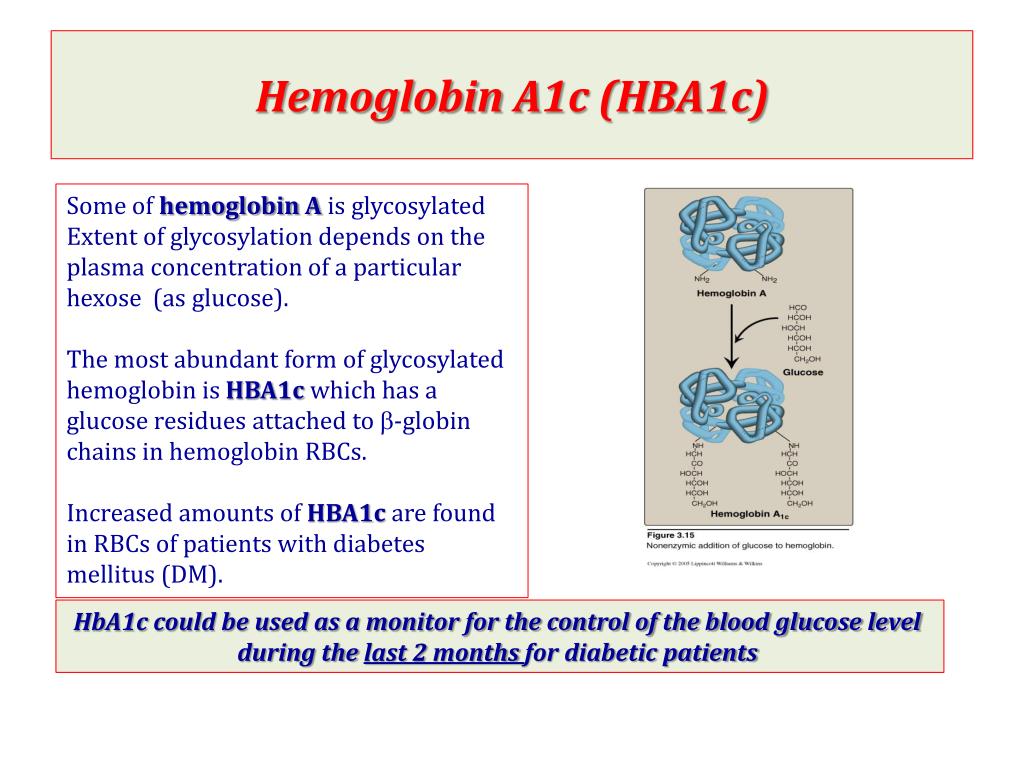 1 ± 17.1 (23–90)
1 ± 17.1 (23–90) 2 ± 16
2 ± 16 6, 0.008
6, 0.008 2 ± 24.3 (75–205)
2 ± 24.3 (75–205) 6 ± 19.3
6 ± 19.3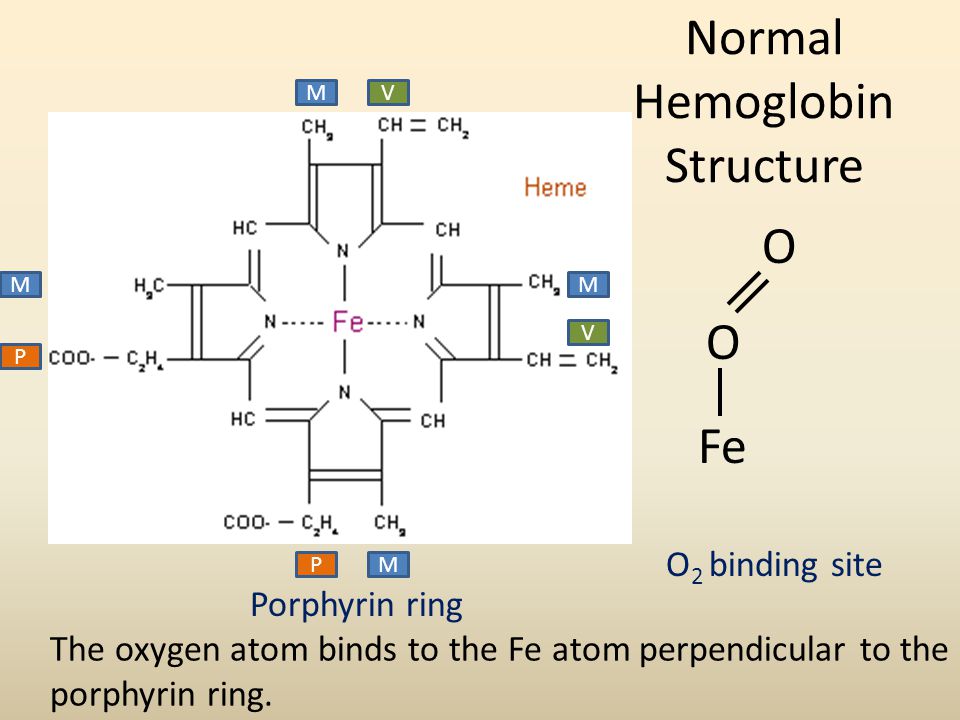
 2-4.5
2-4.5 5-10.6
5-10.6 87-3.37
87-3.37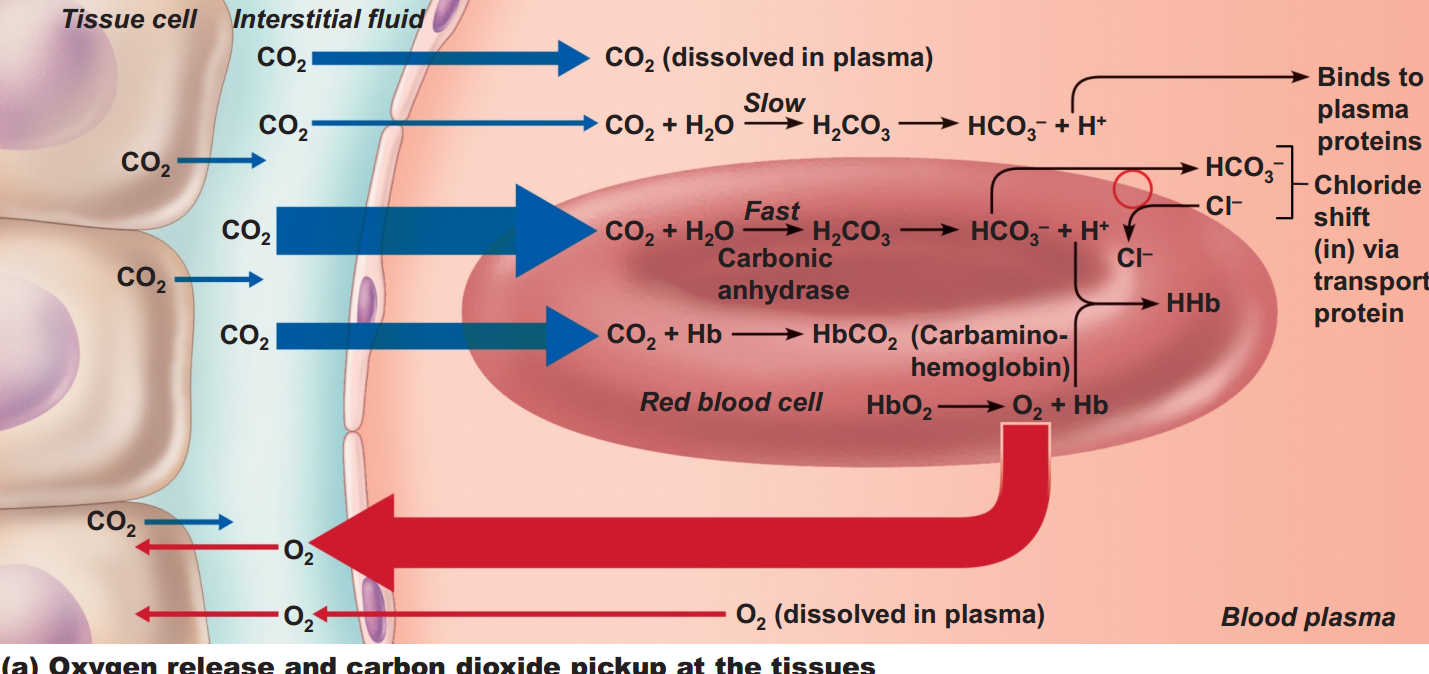 1-6.3
1-6.3
 2-9.0
2-9.0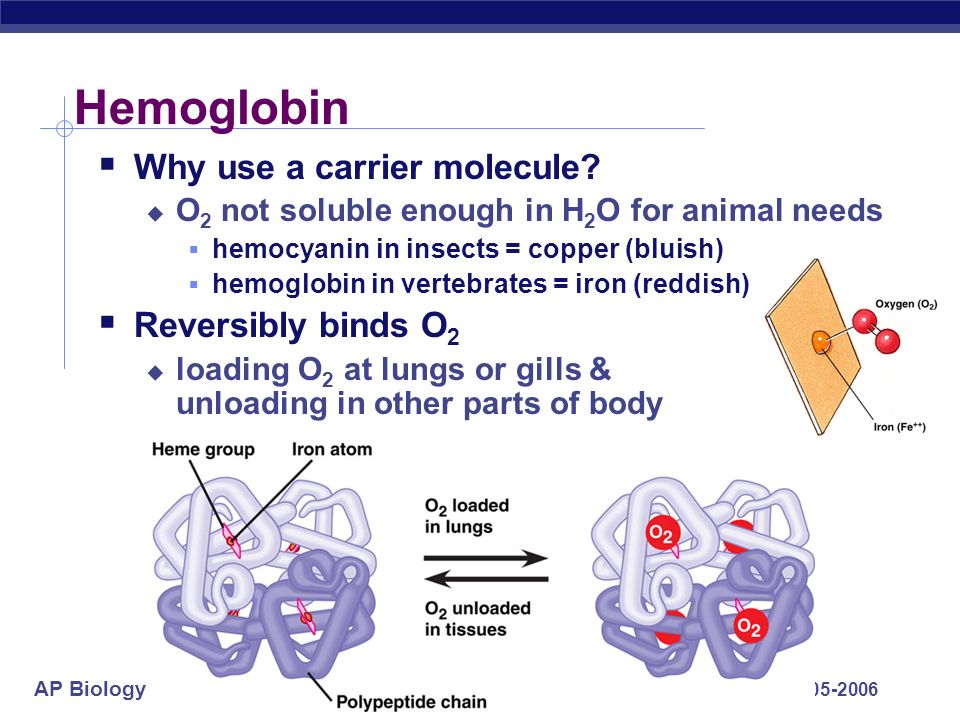 8
8 32-7.42
32-7.42 5-6.0
5-6.0